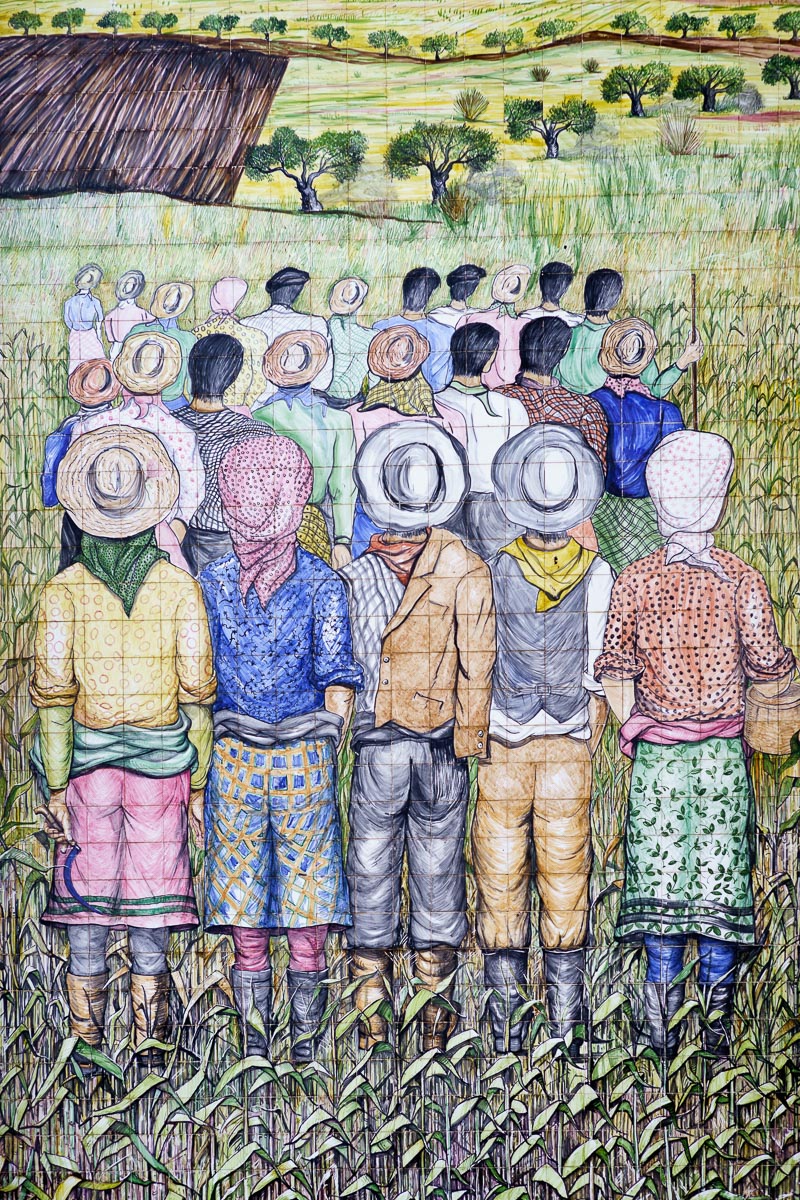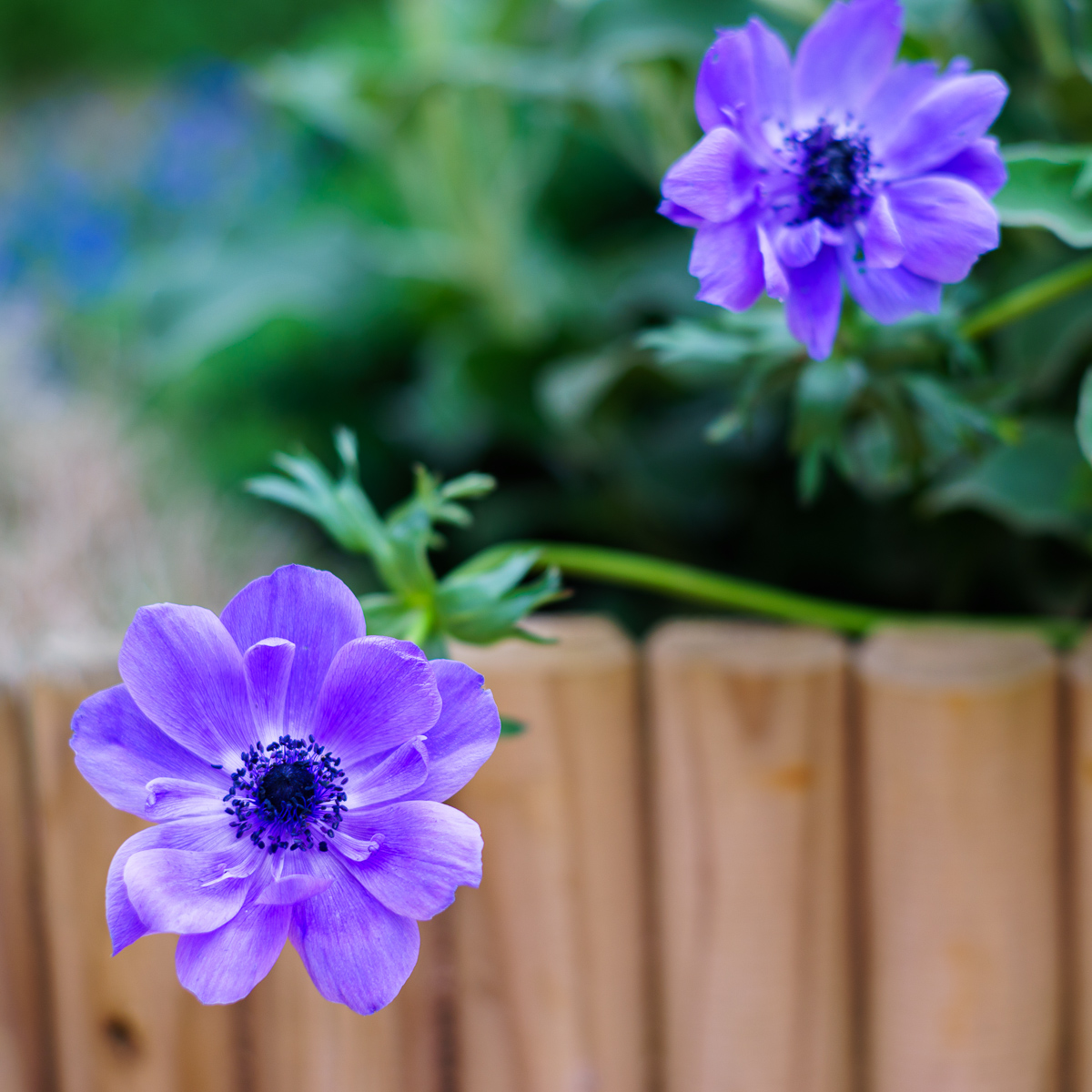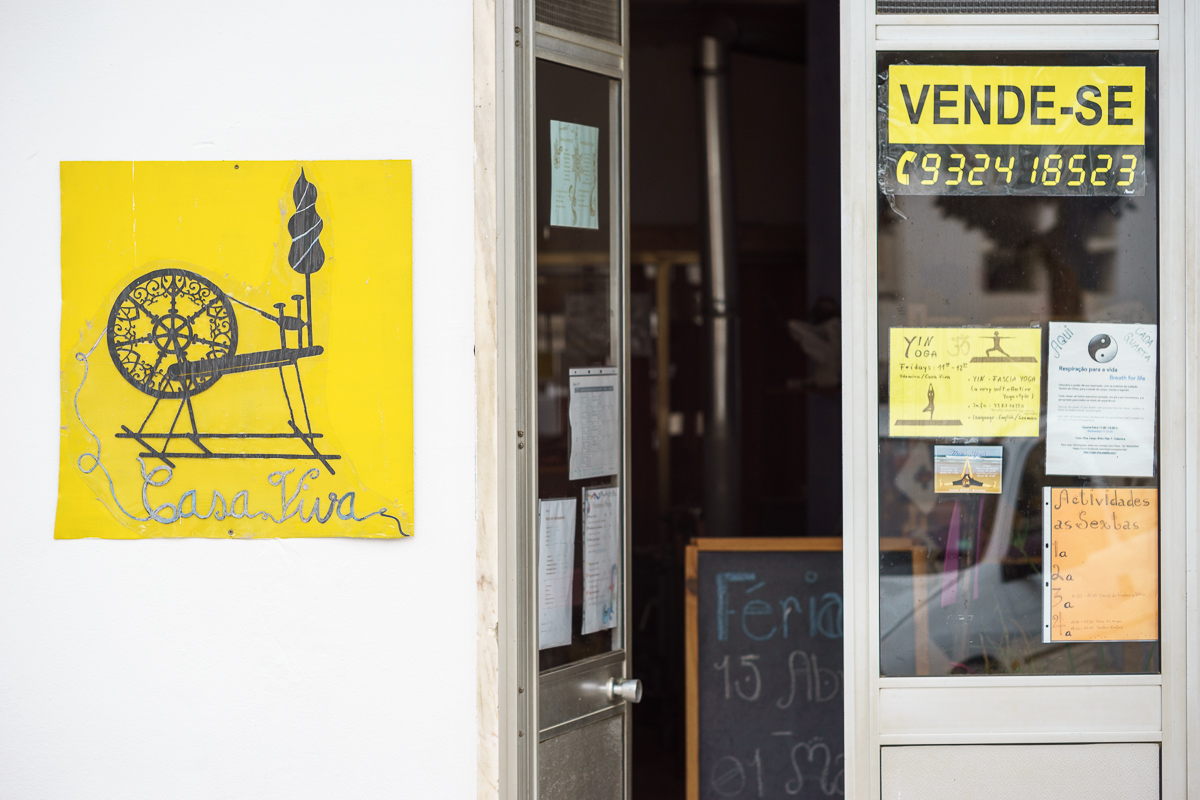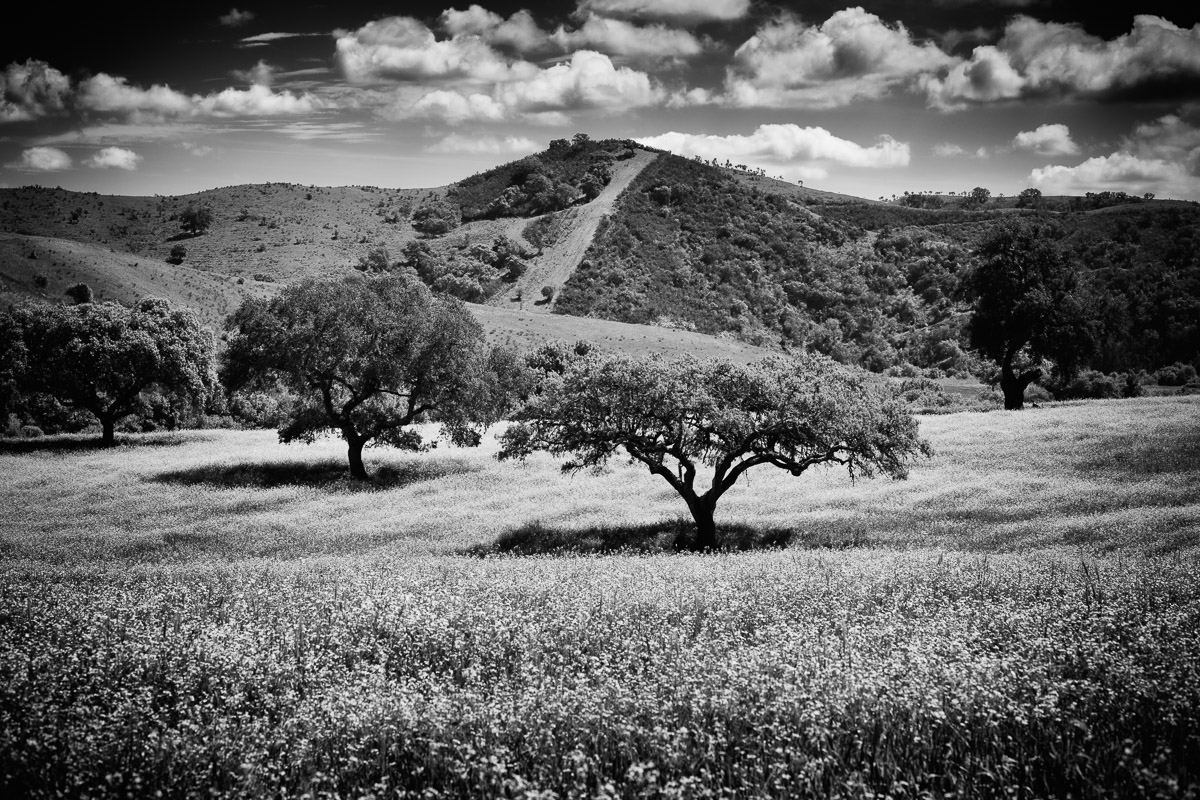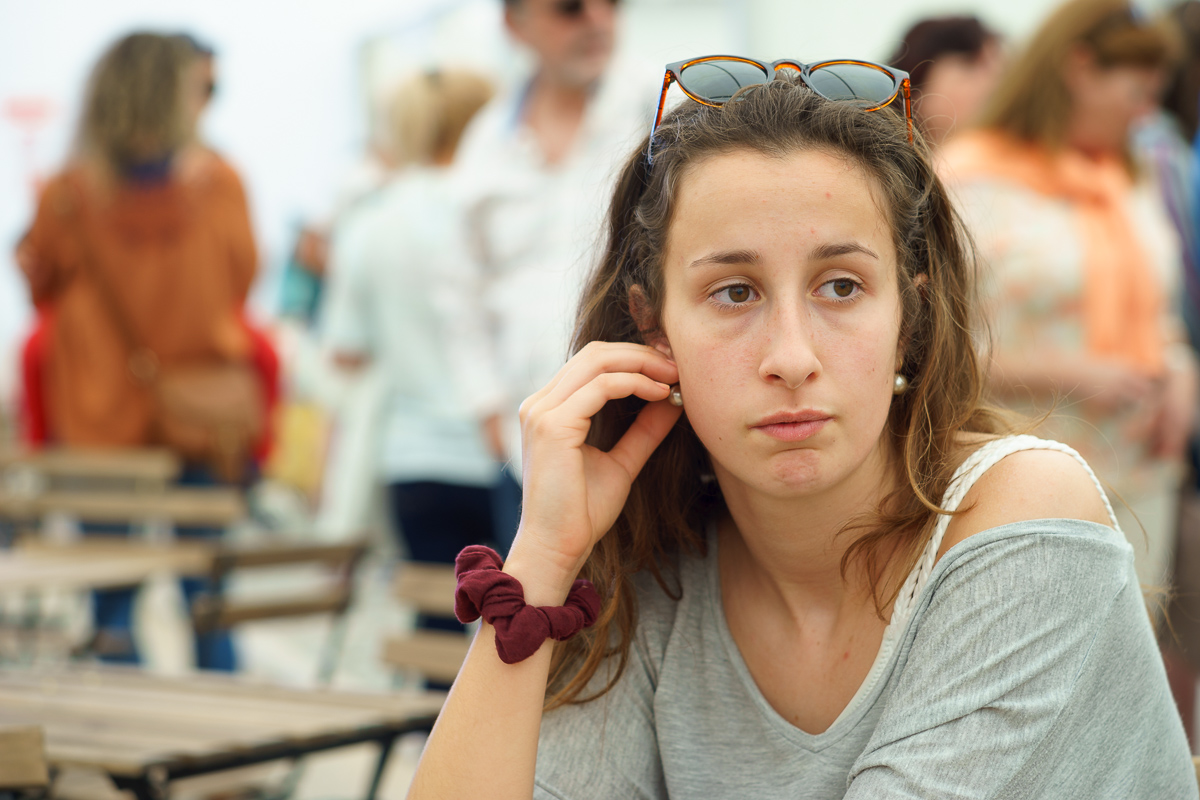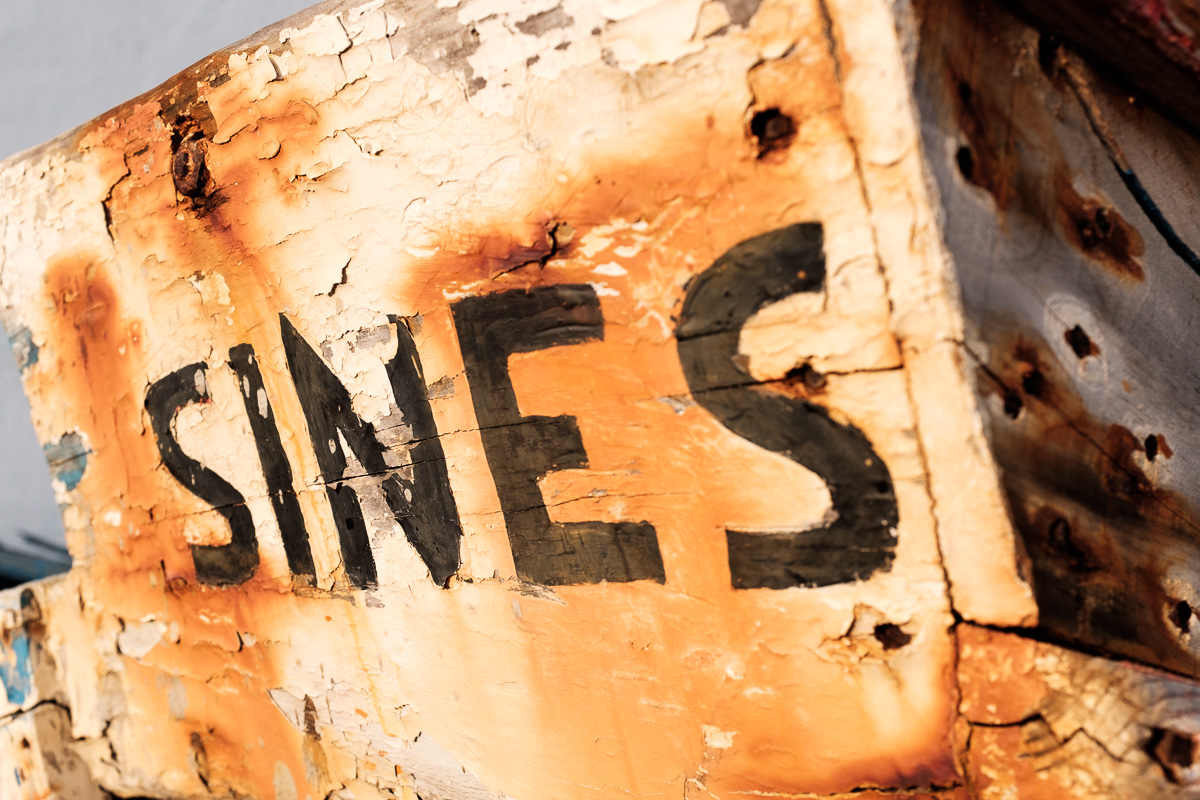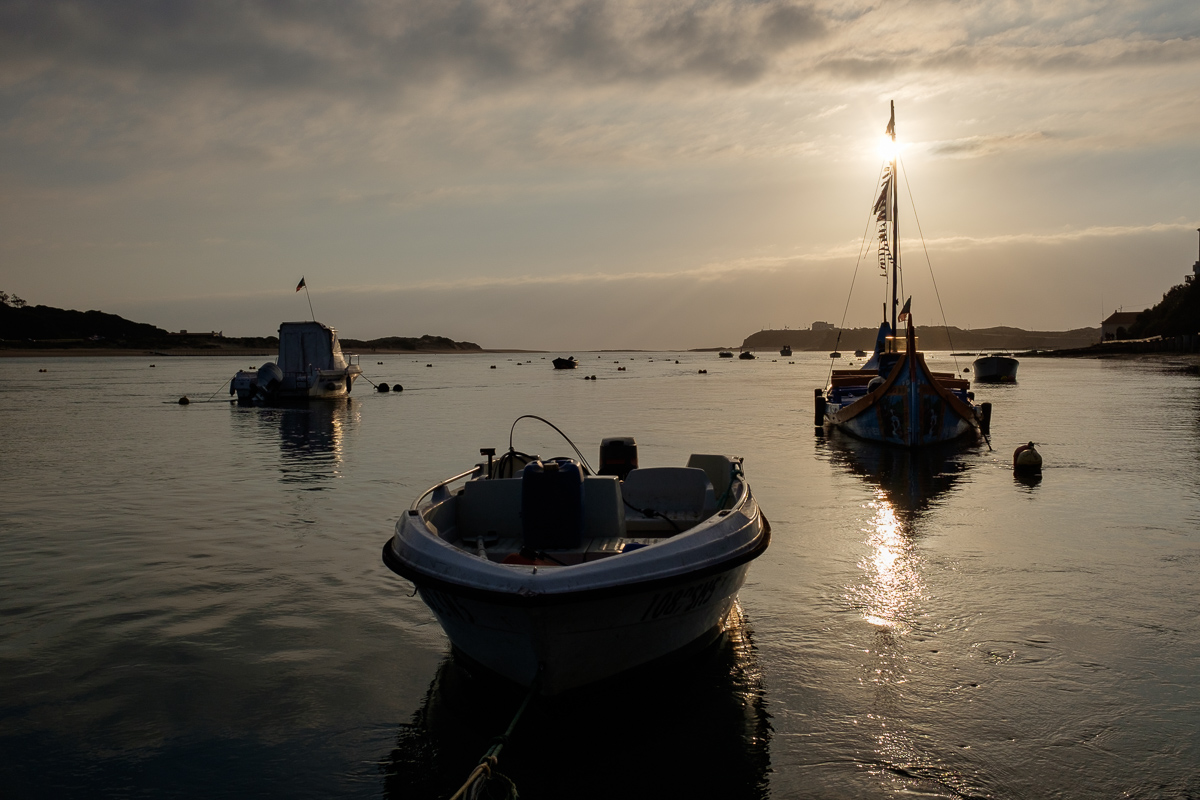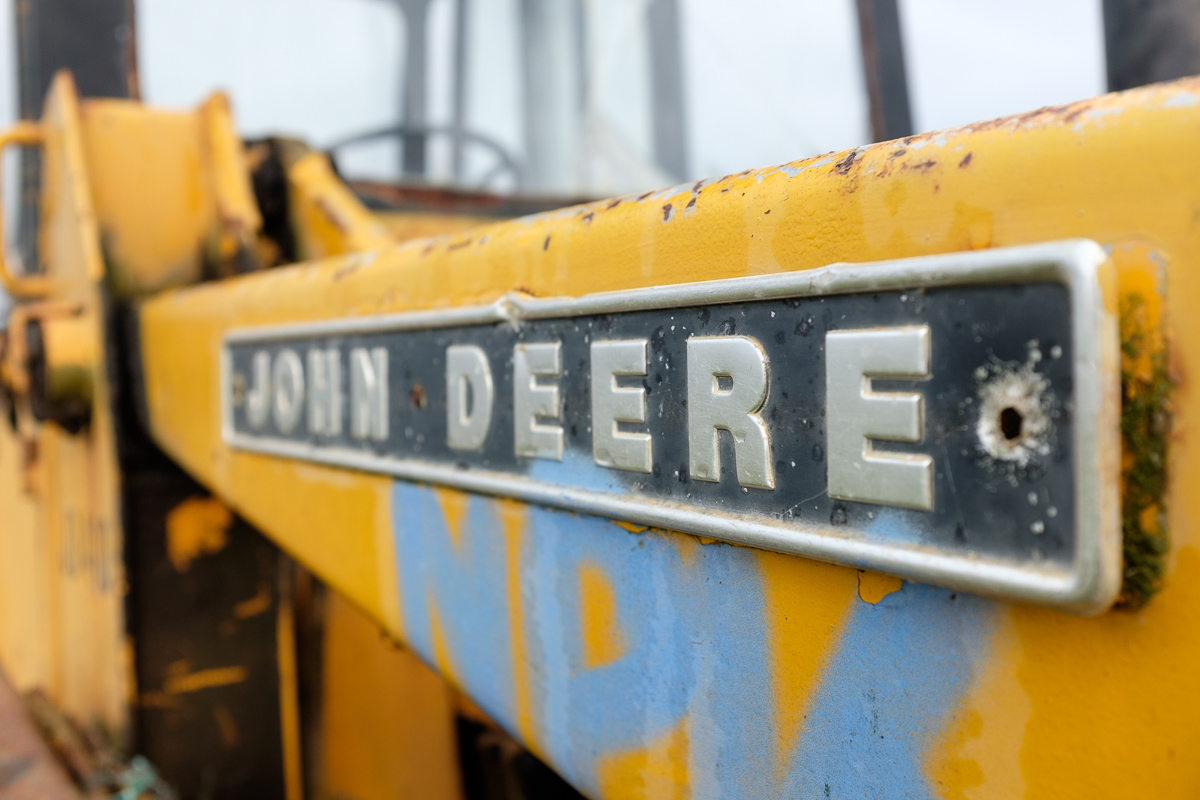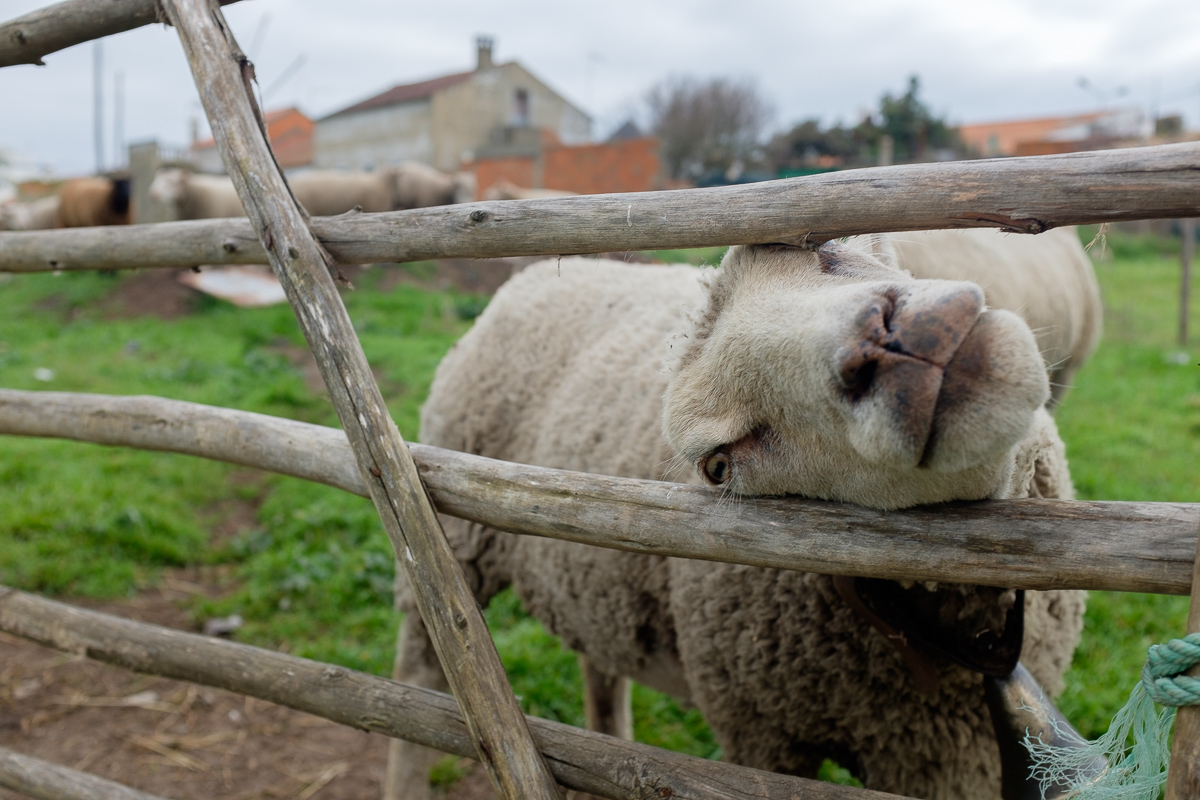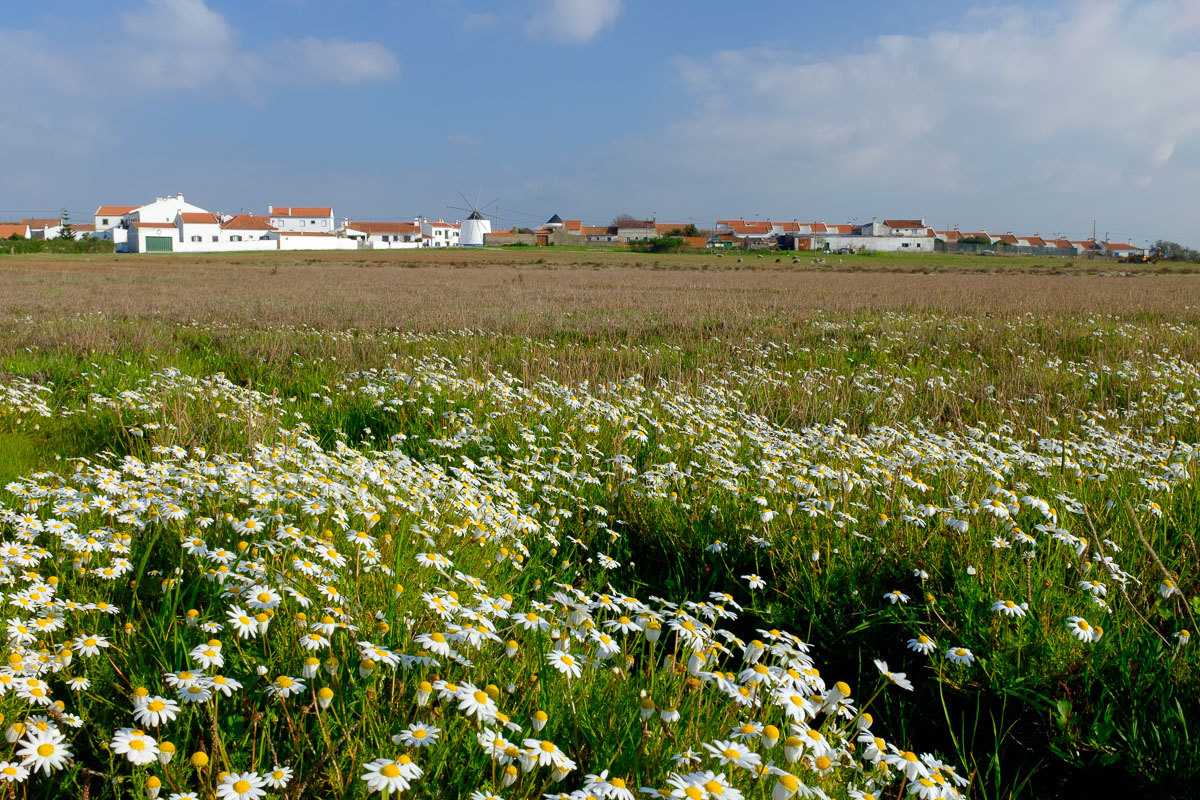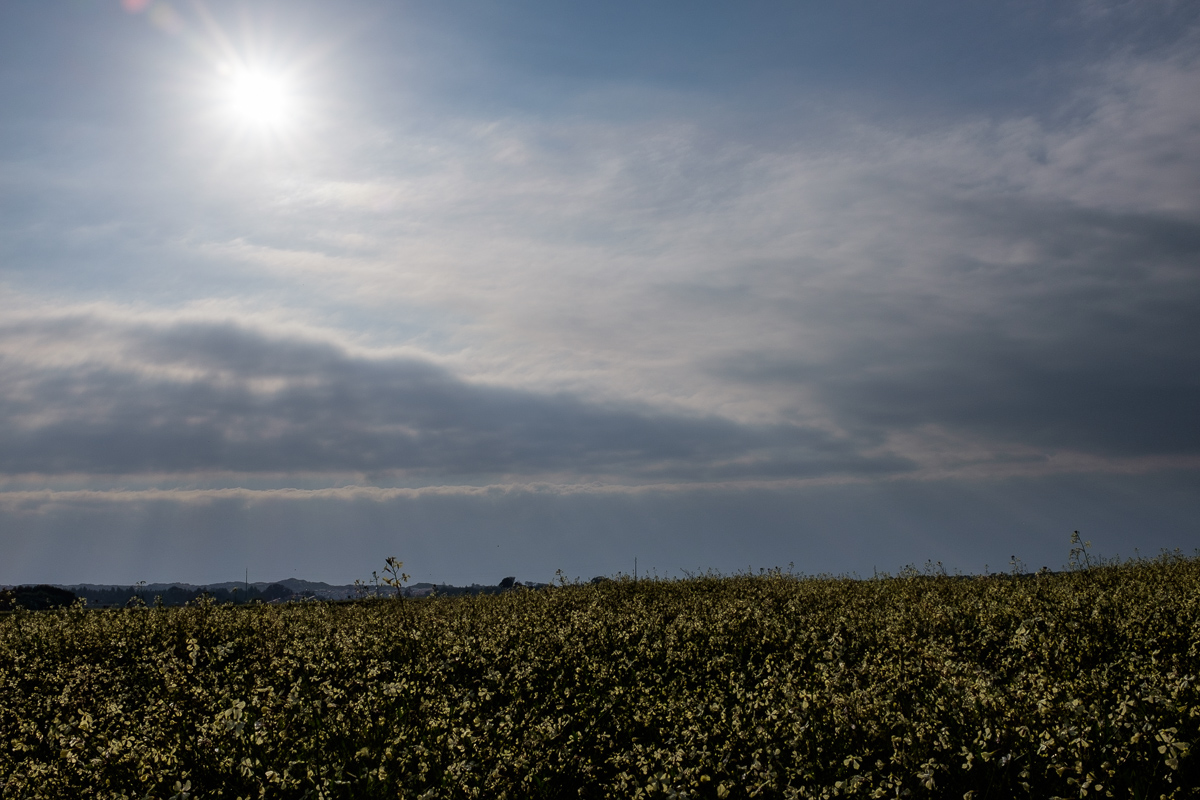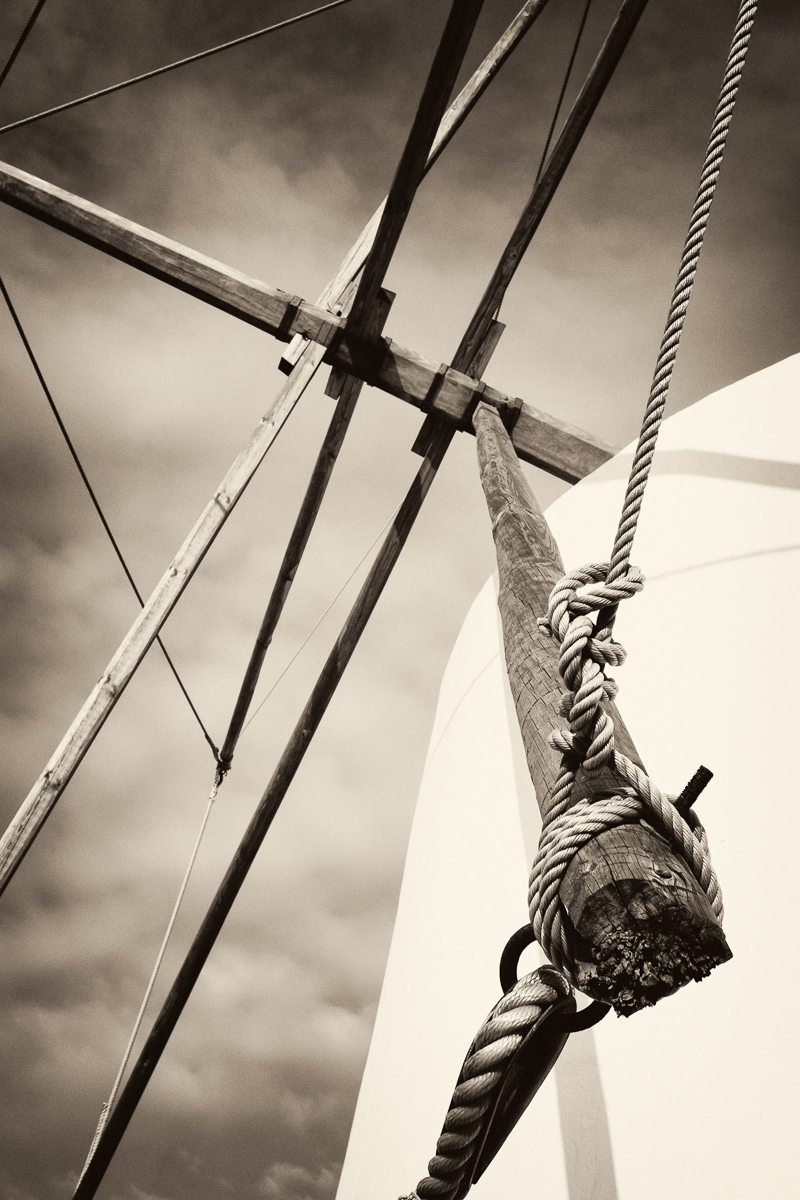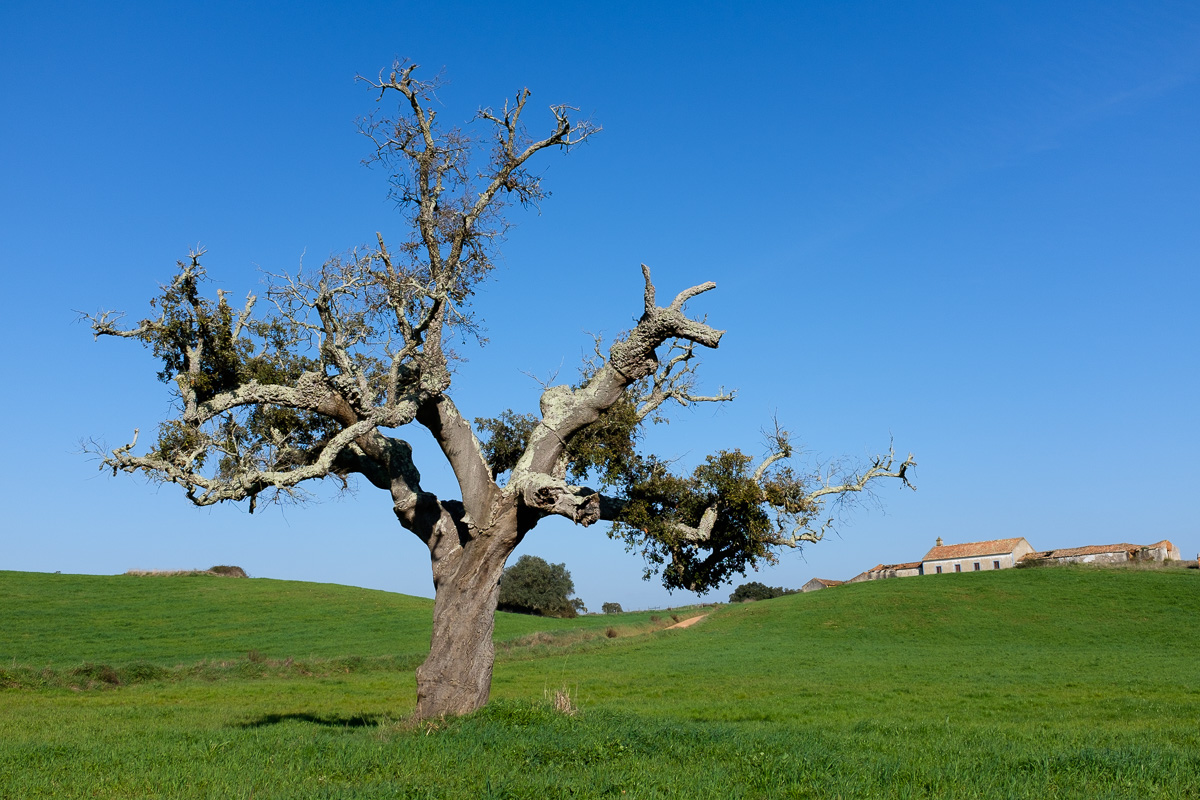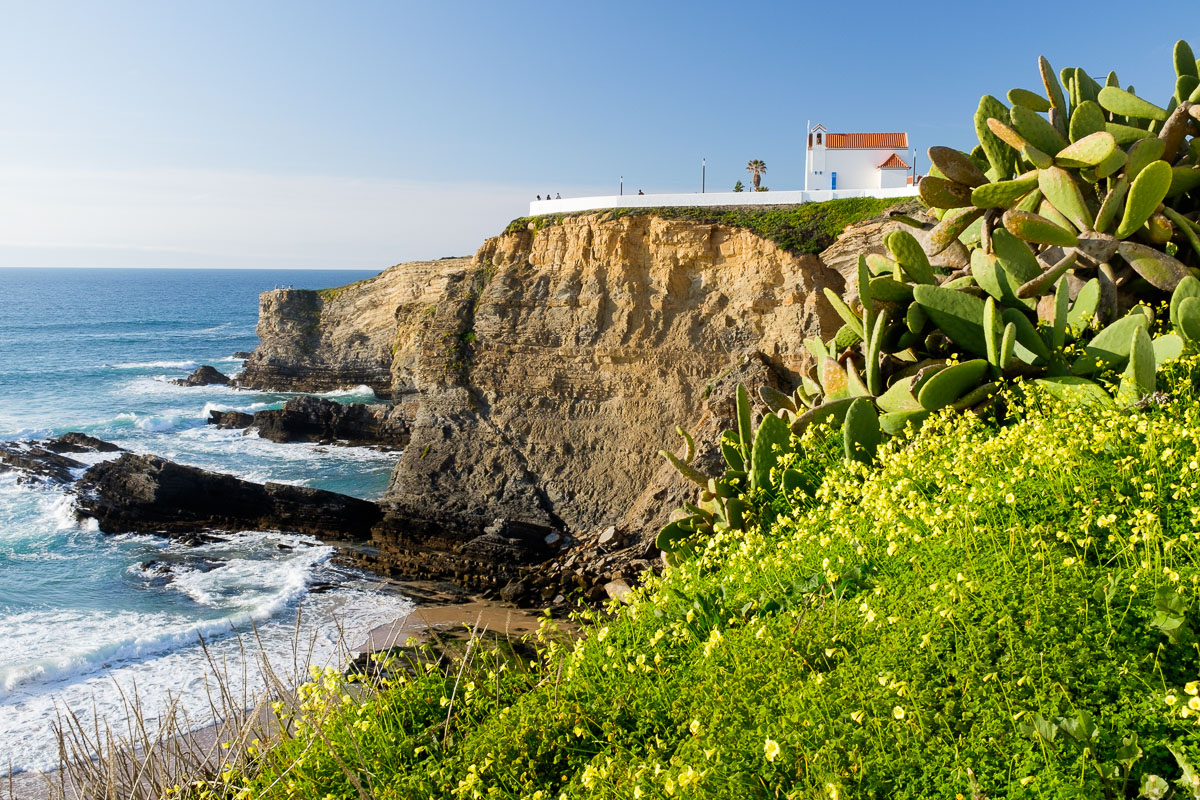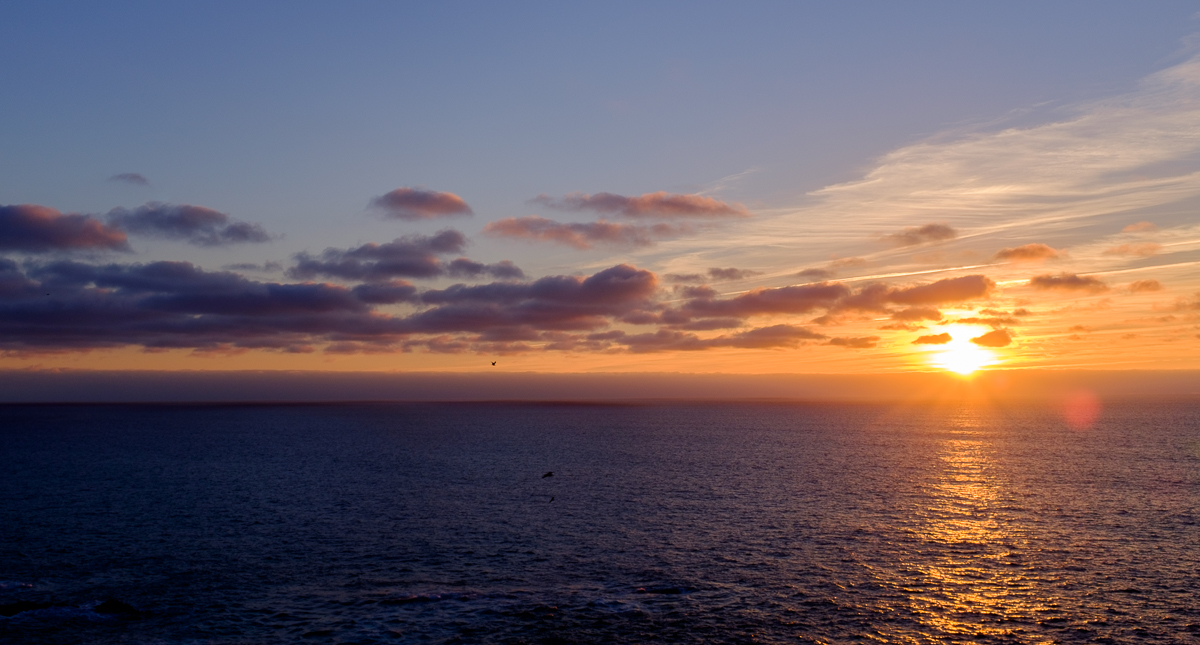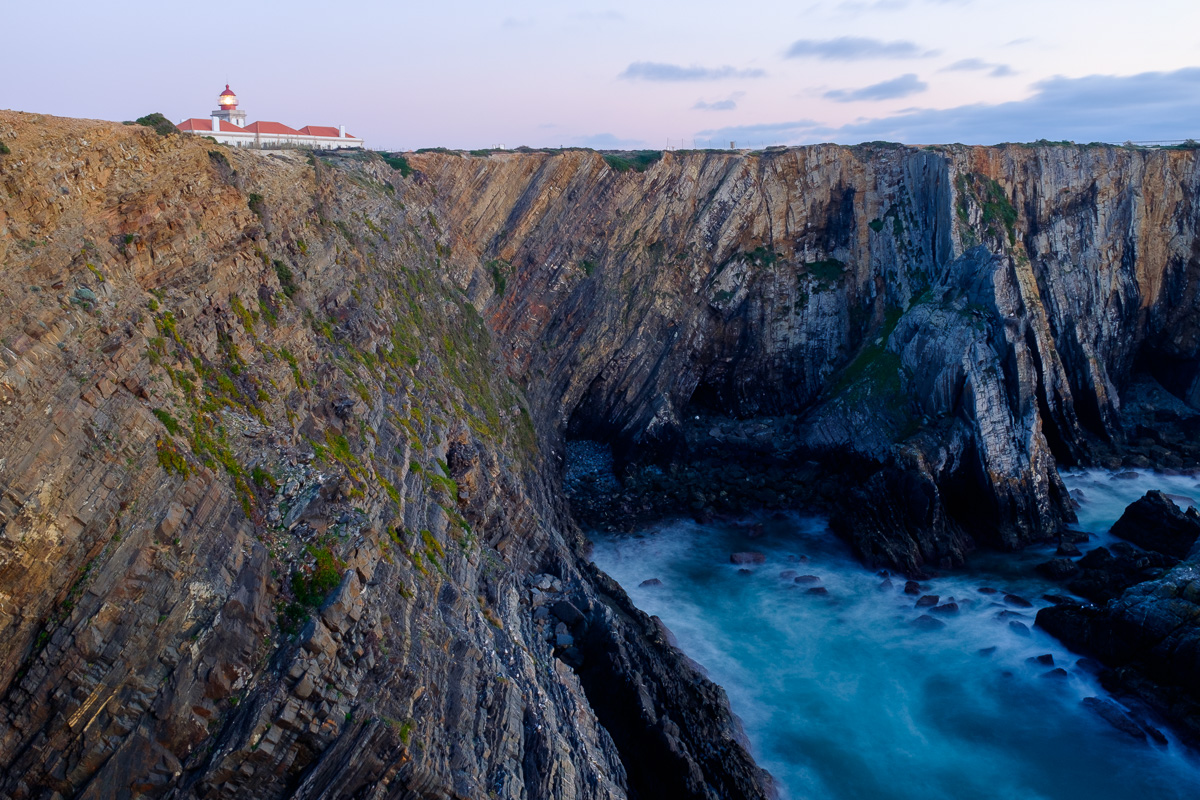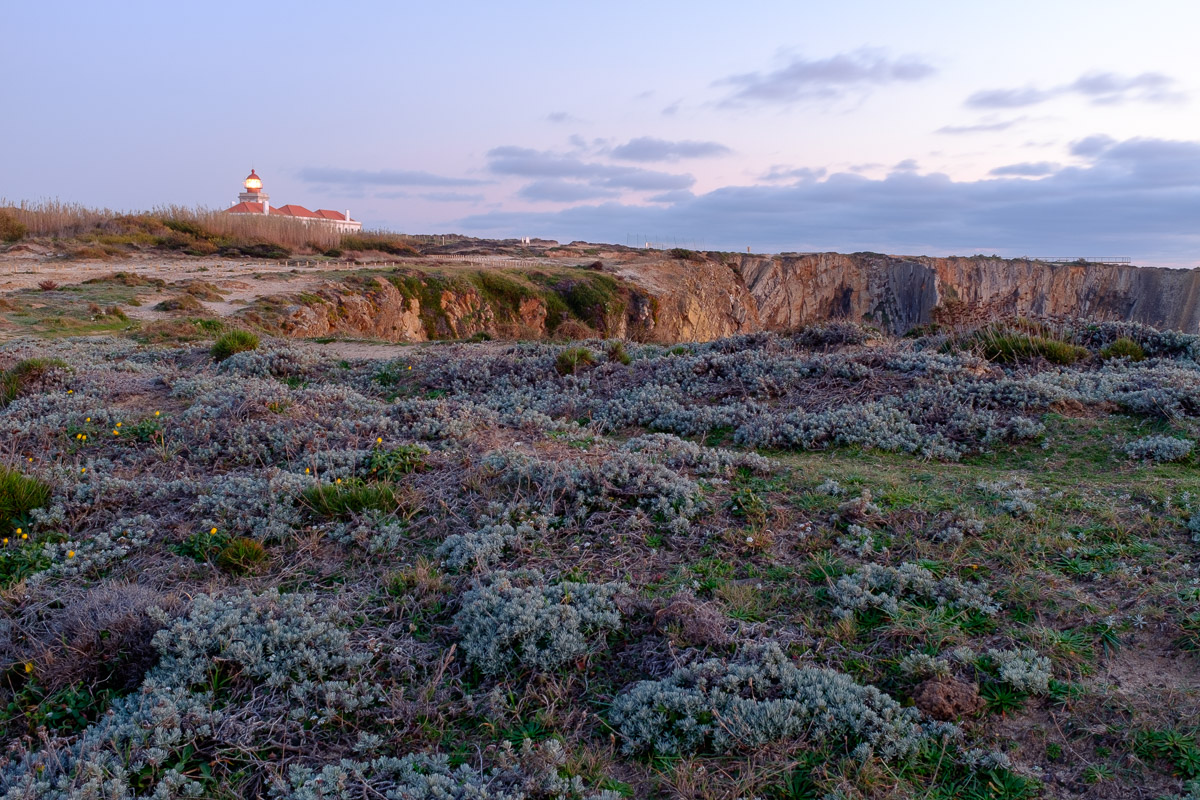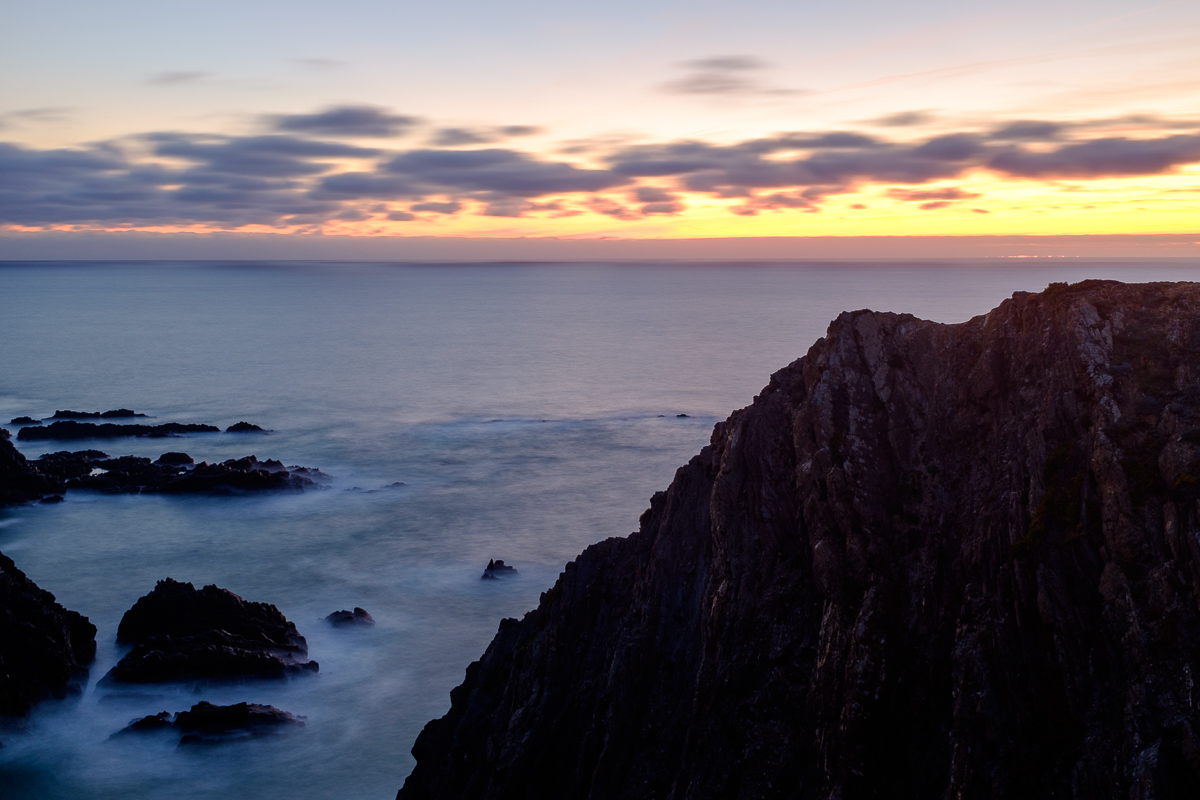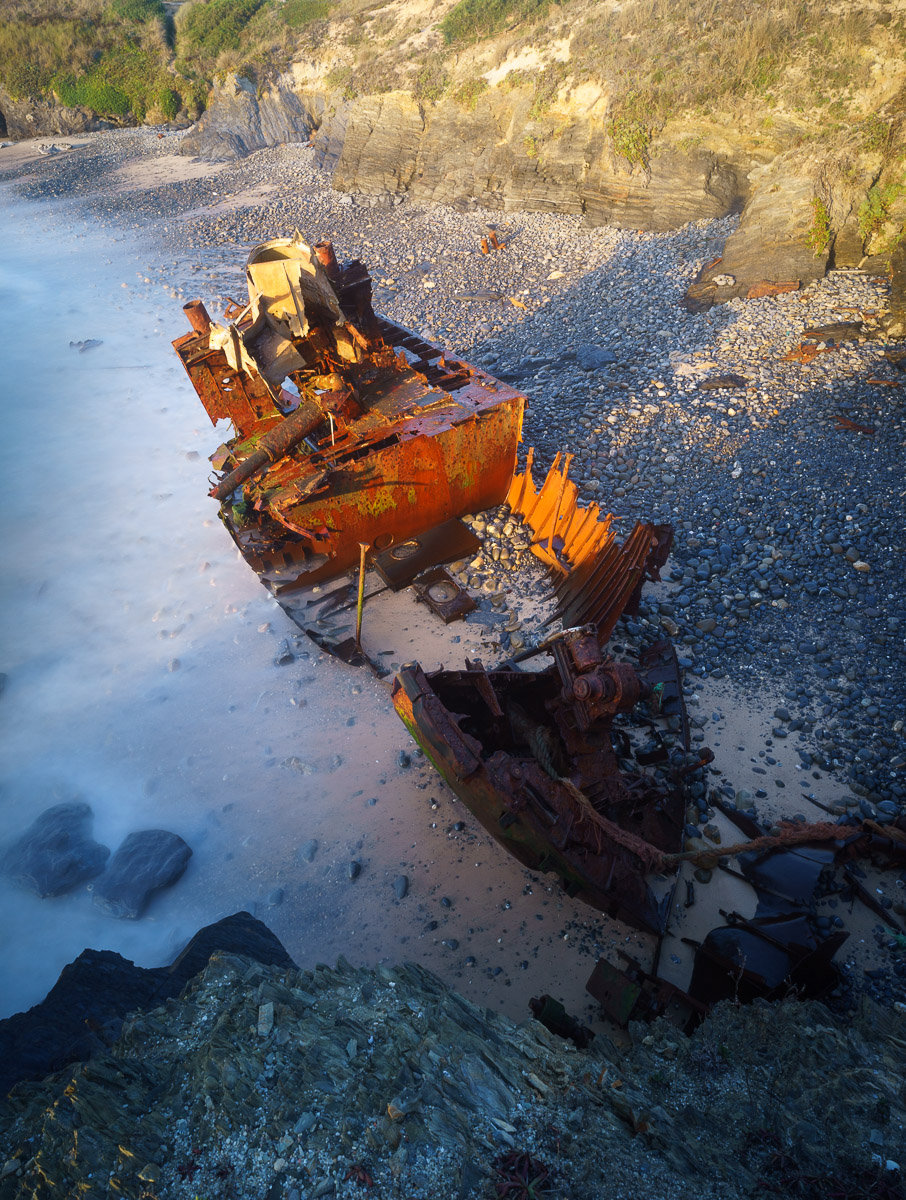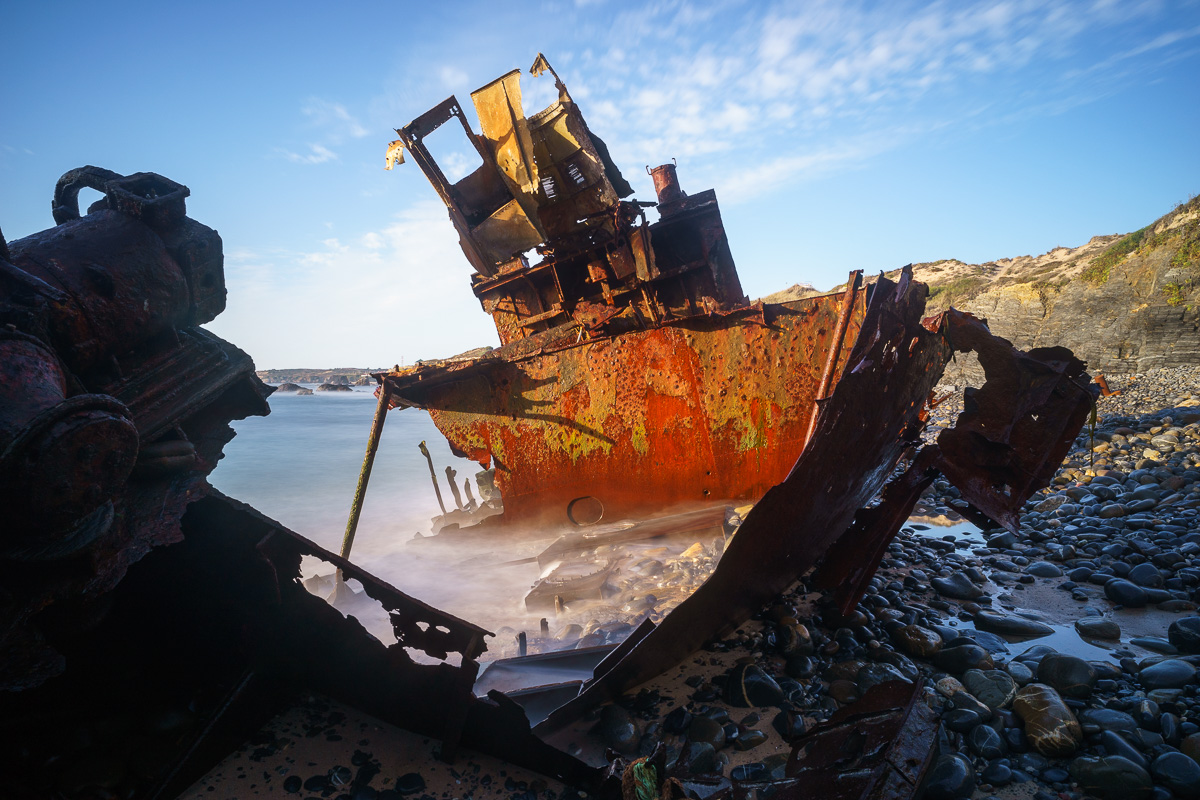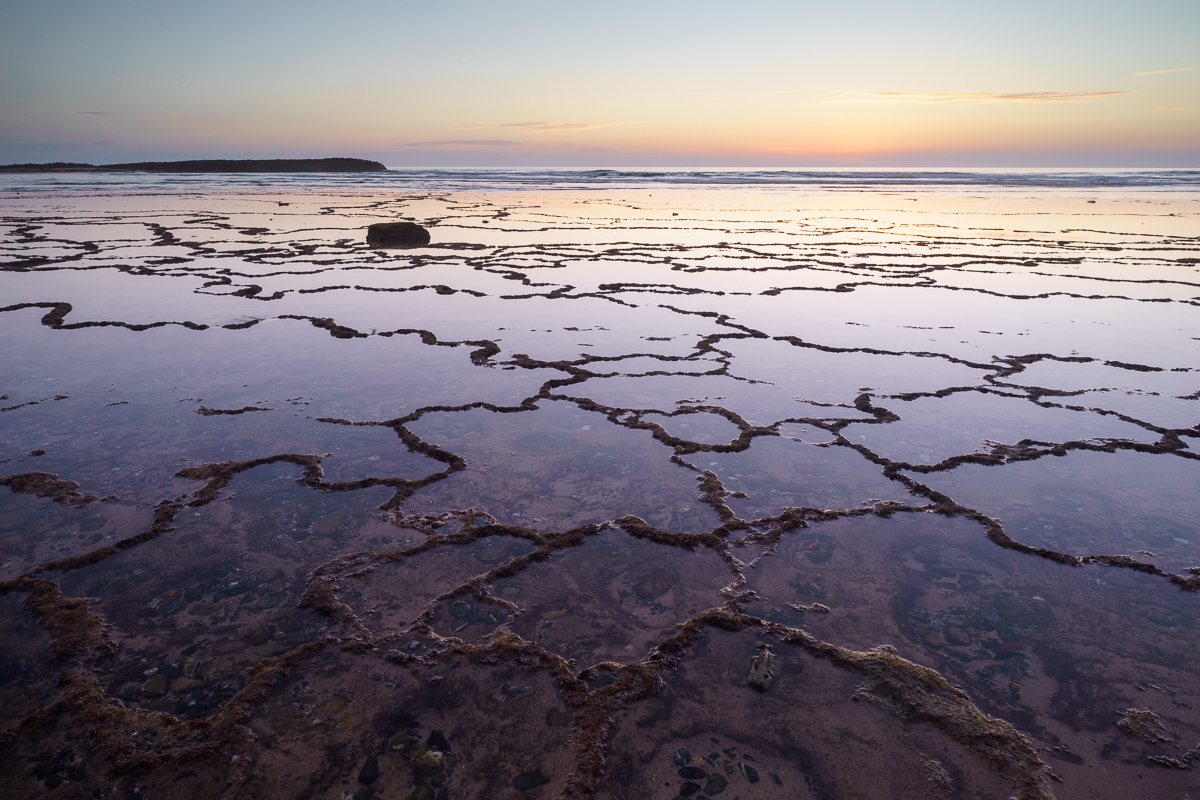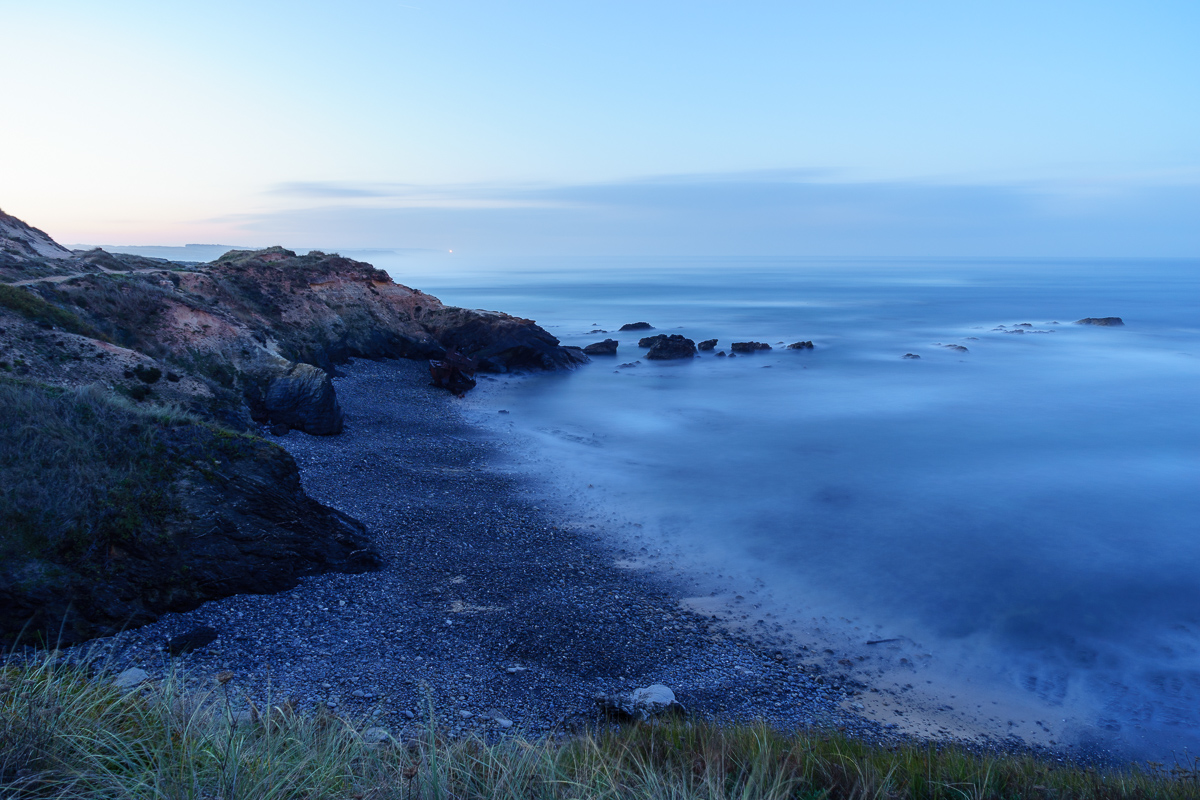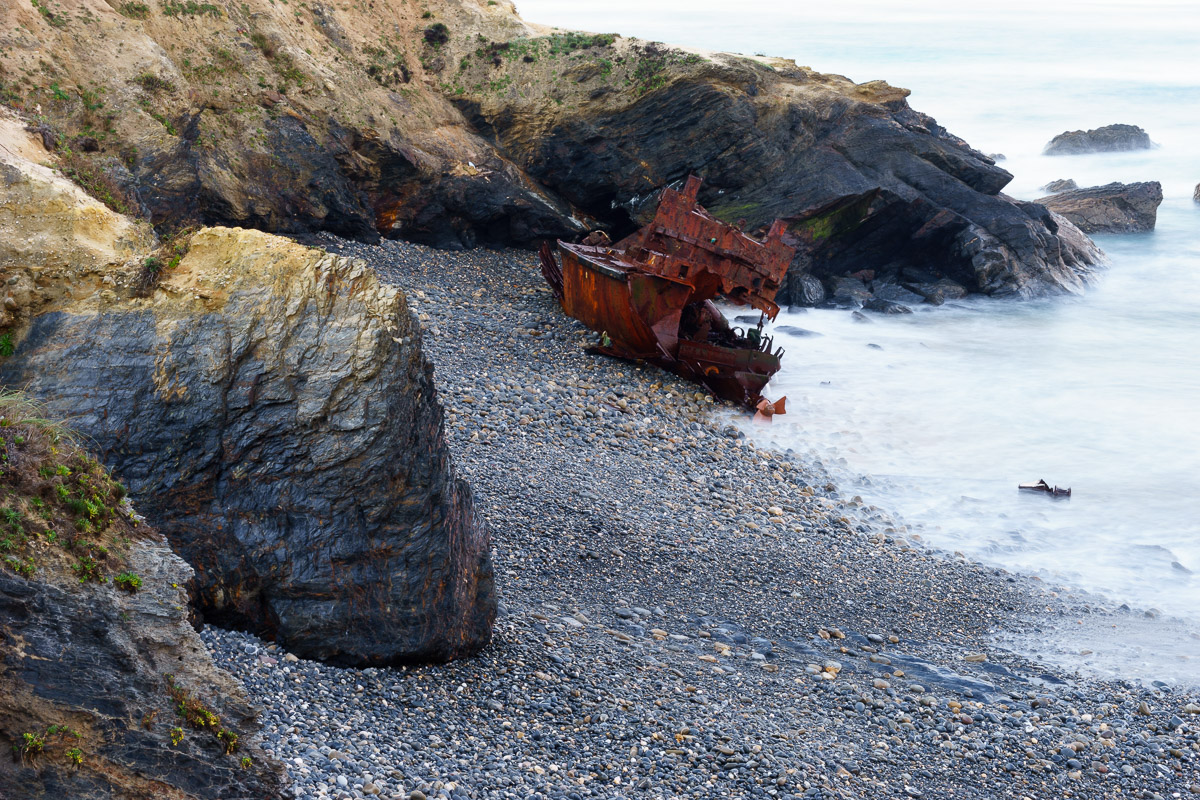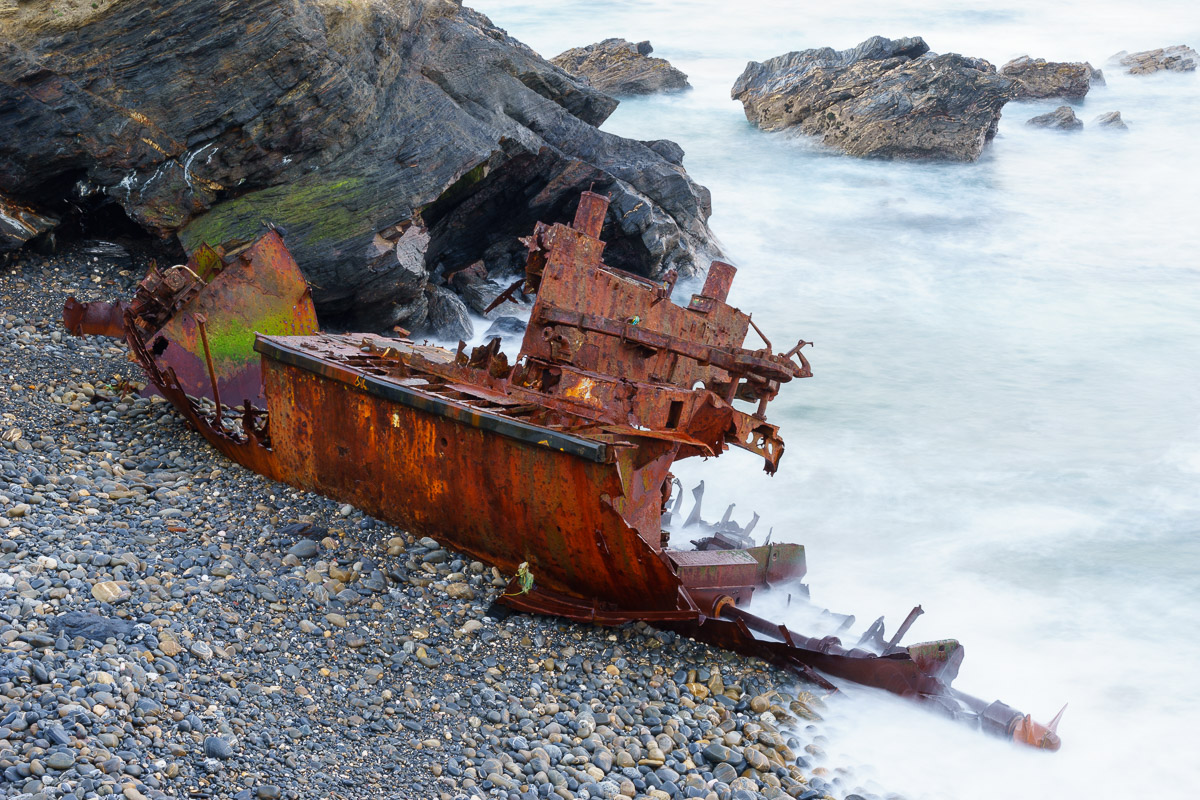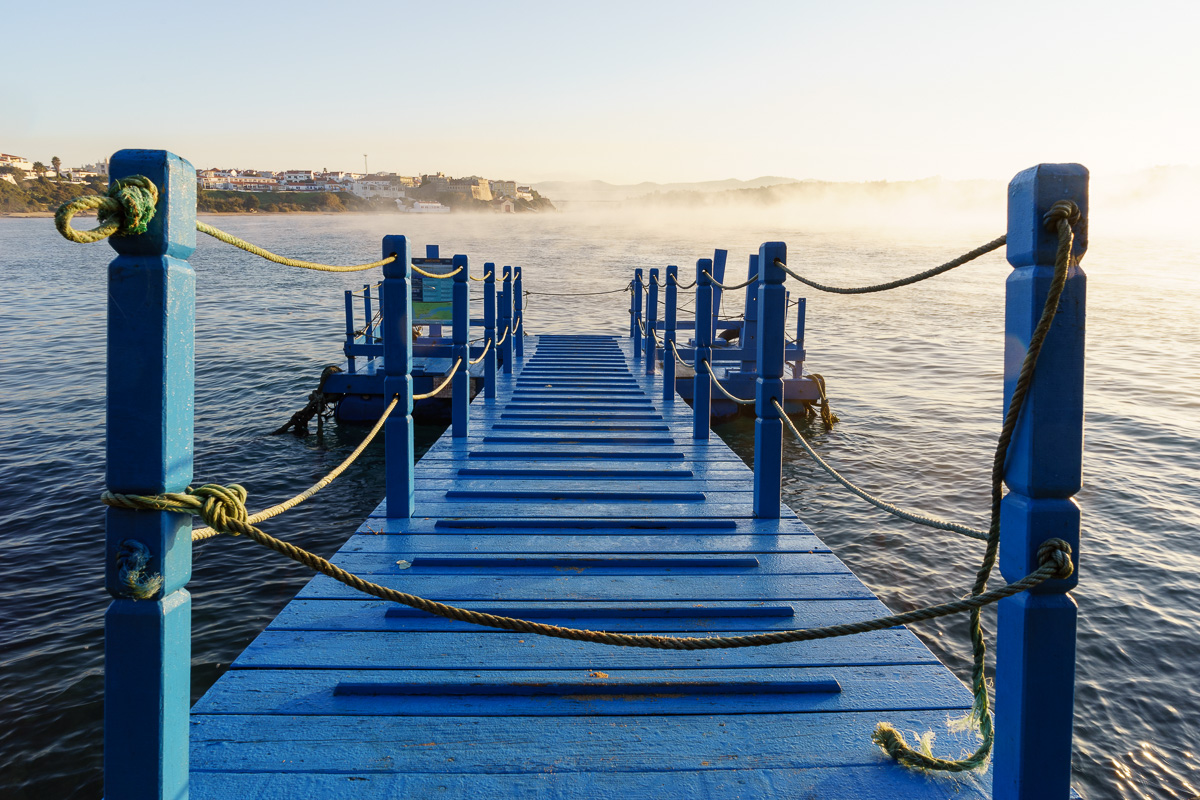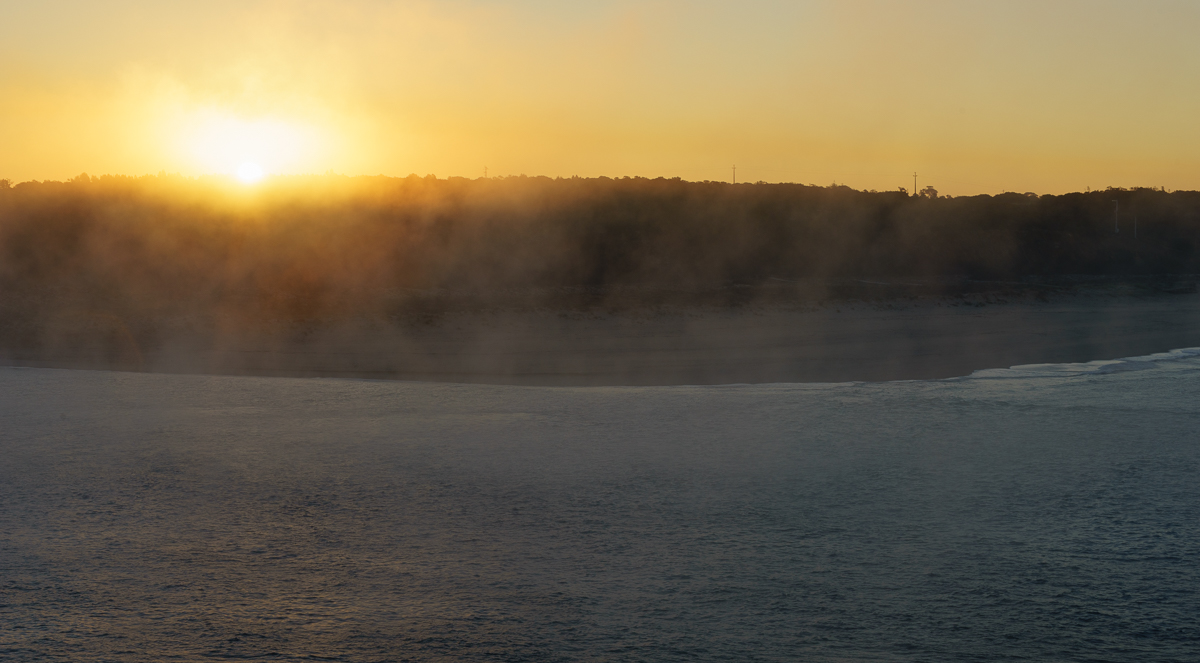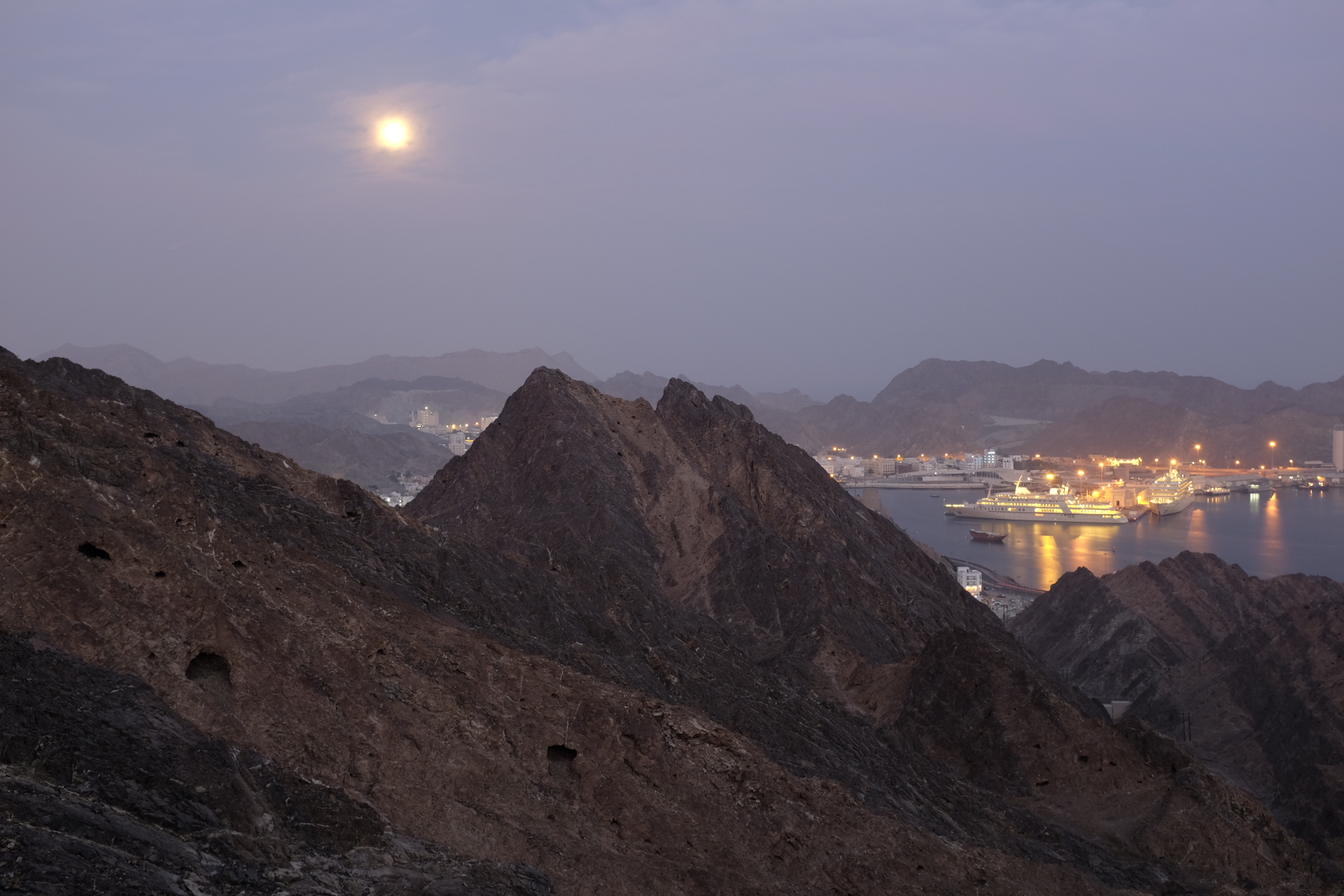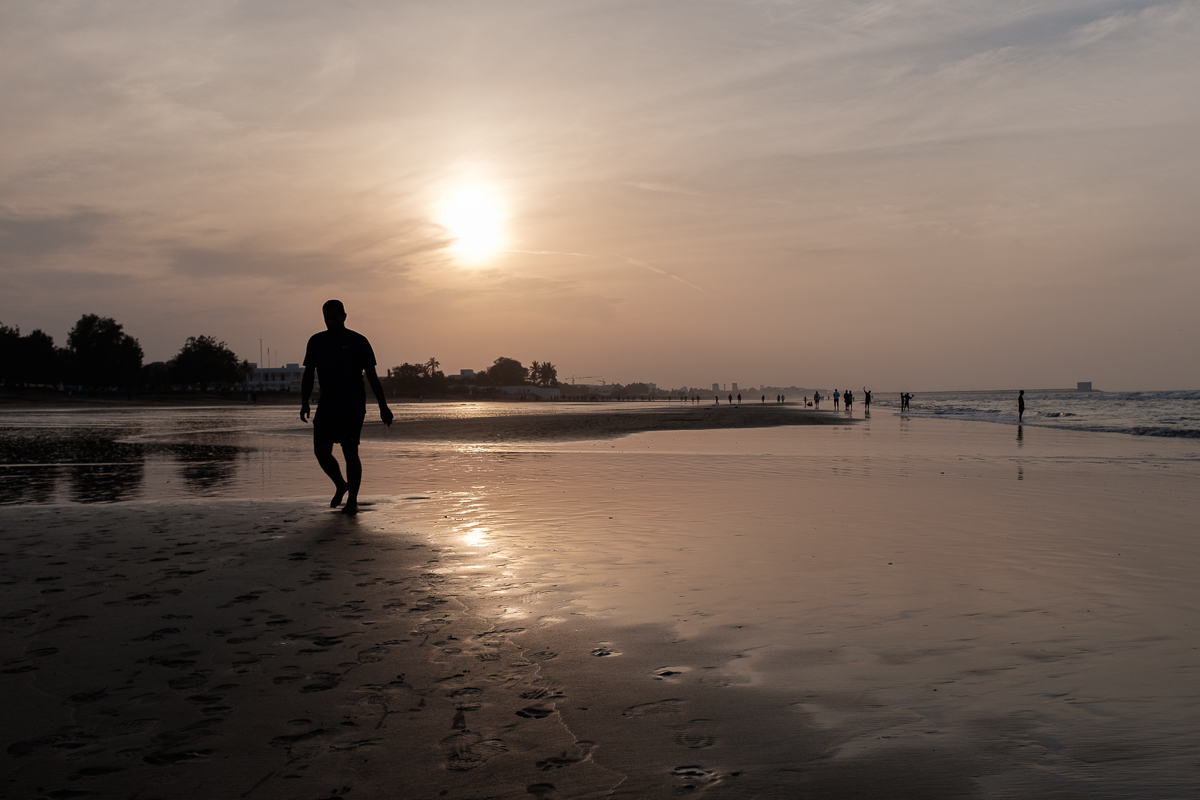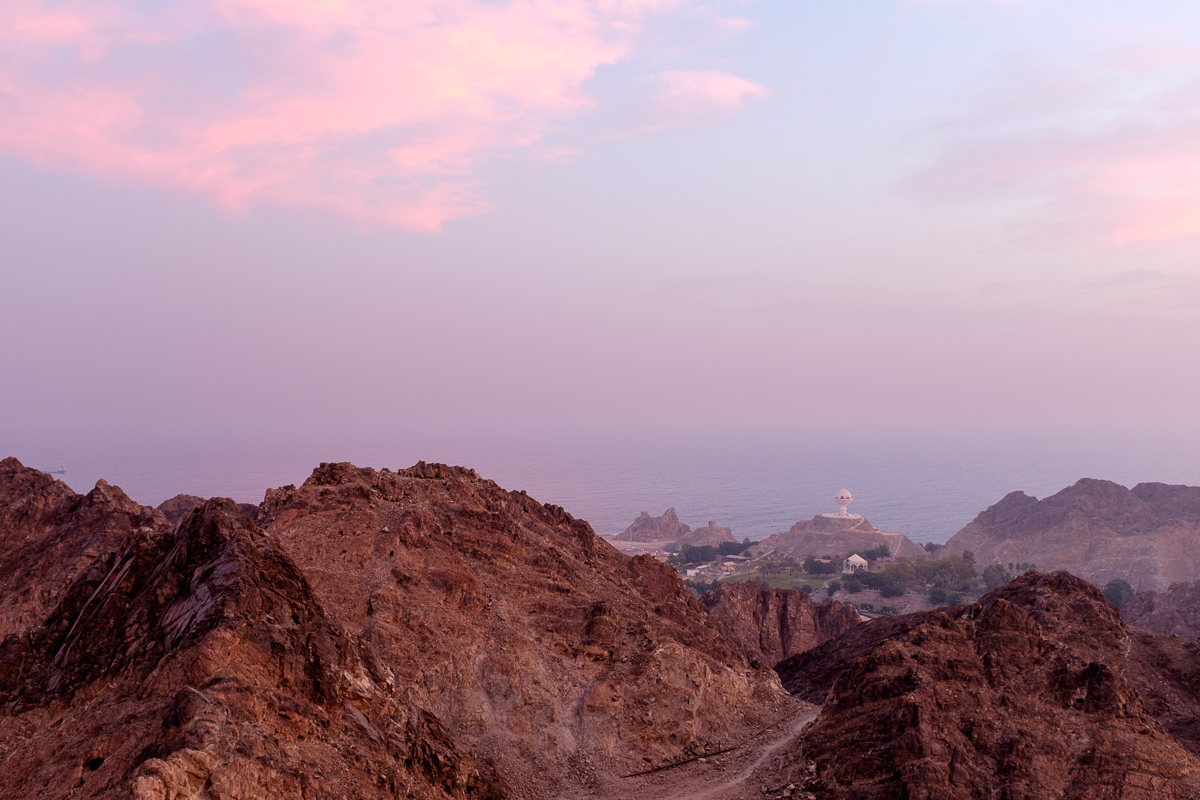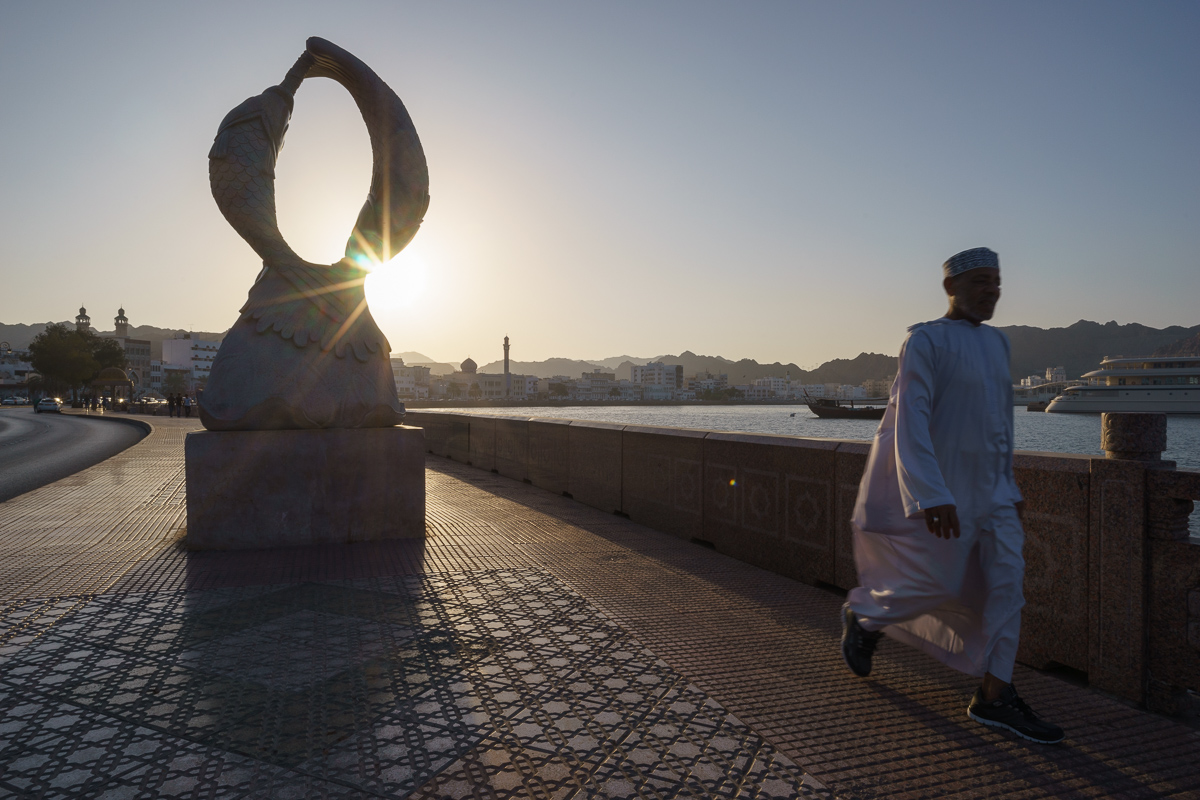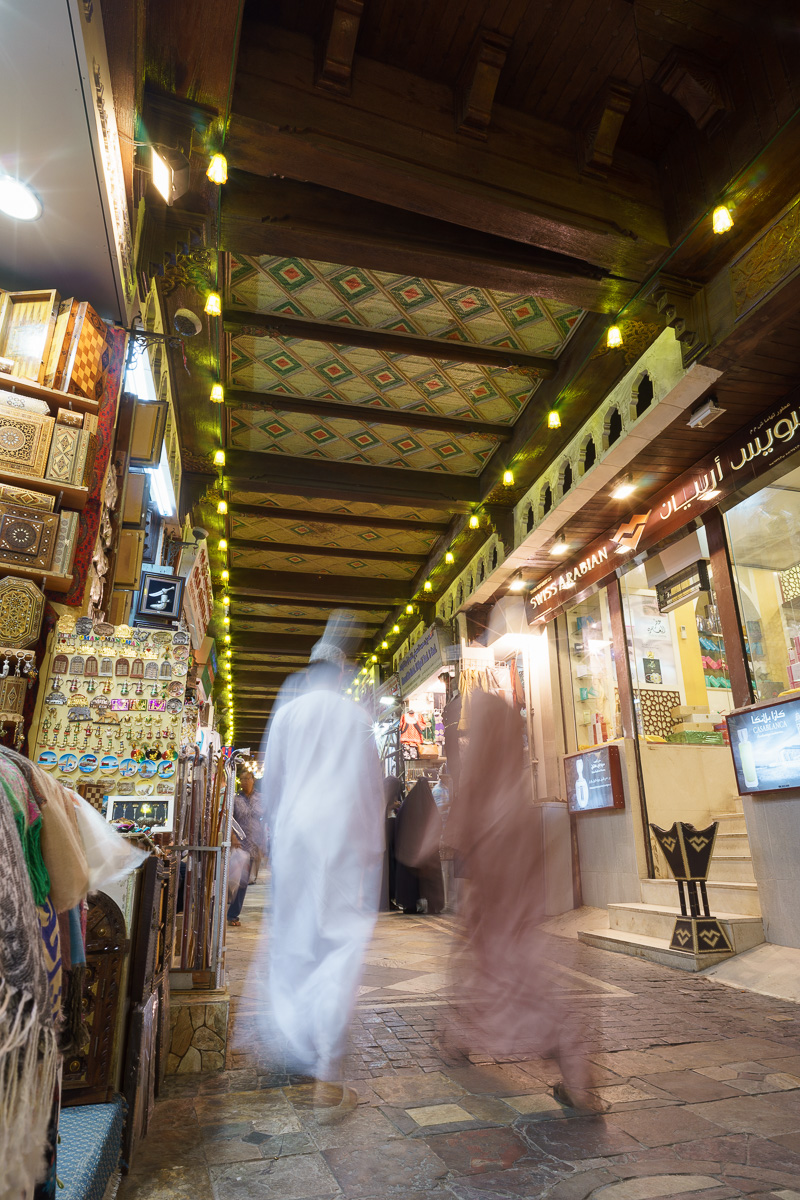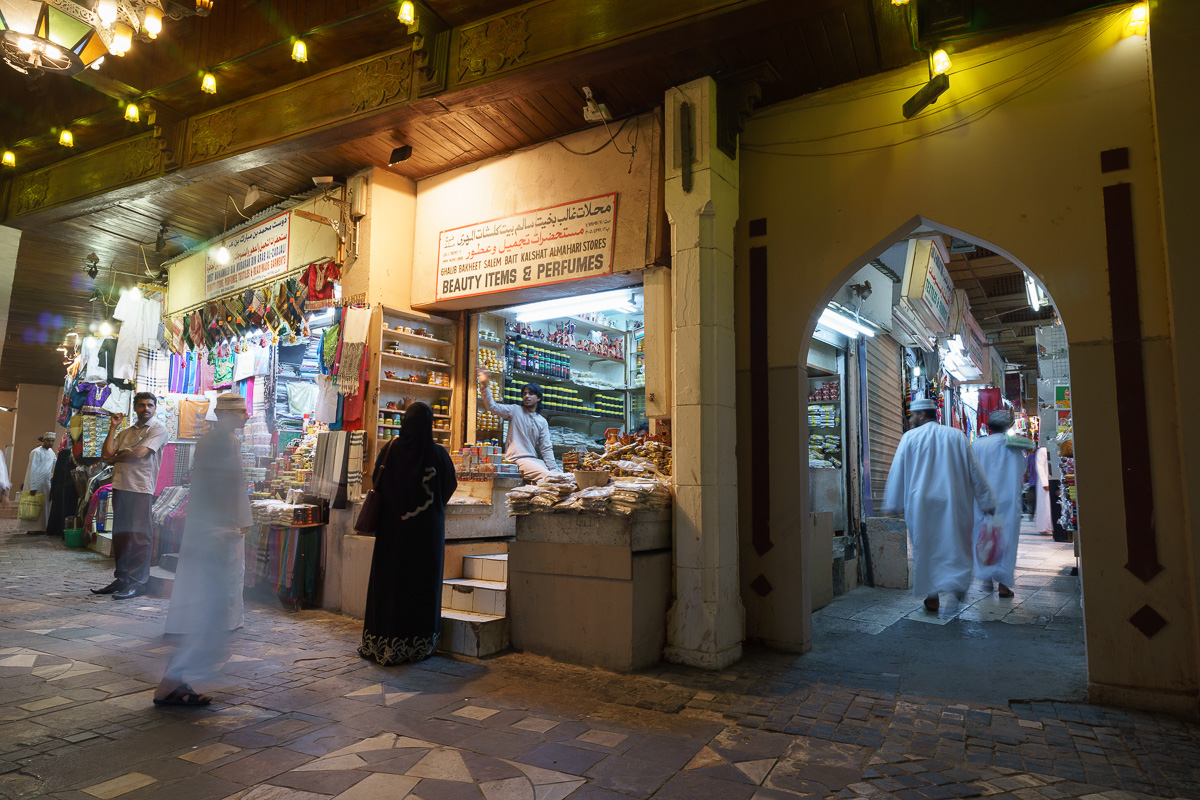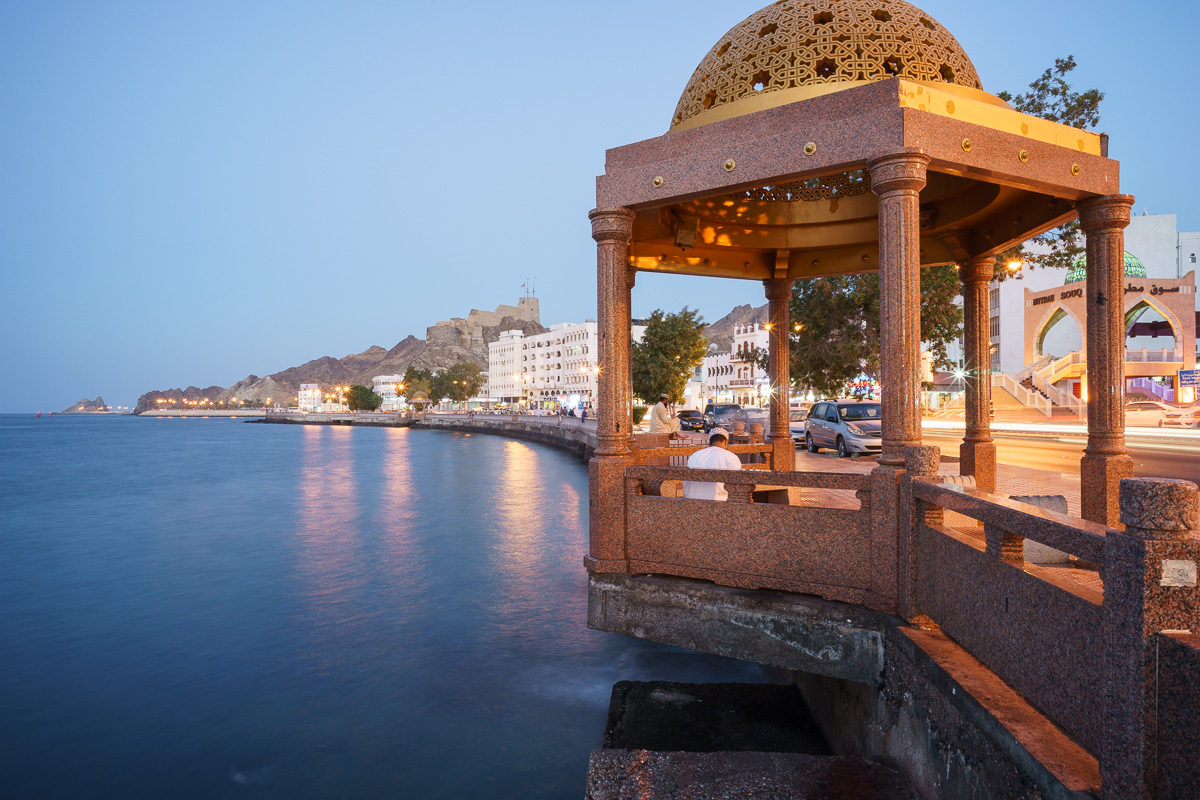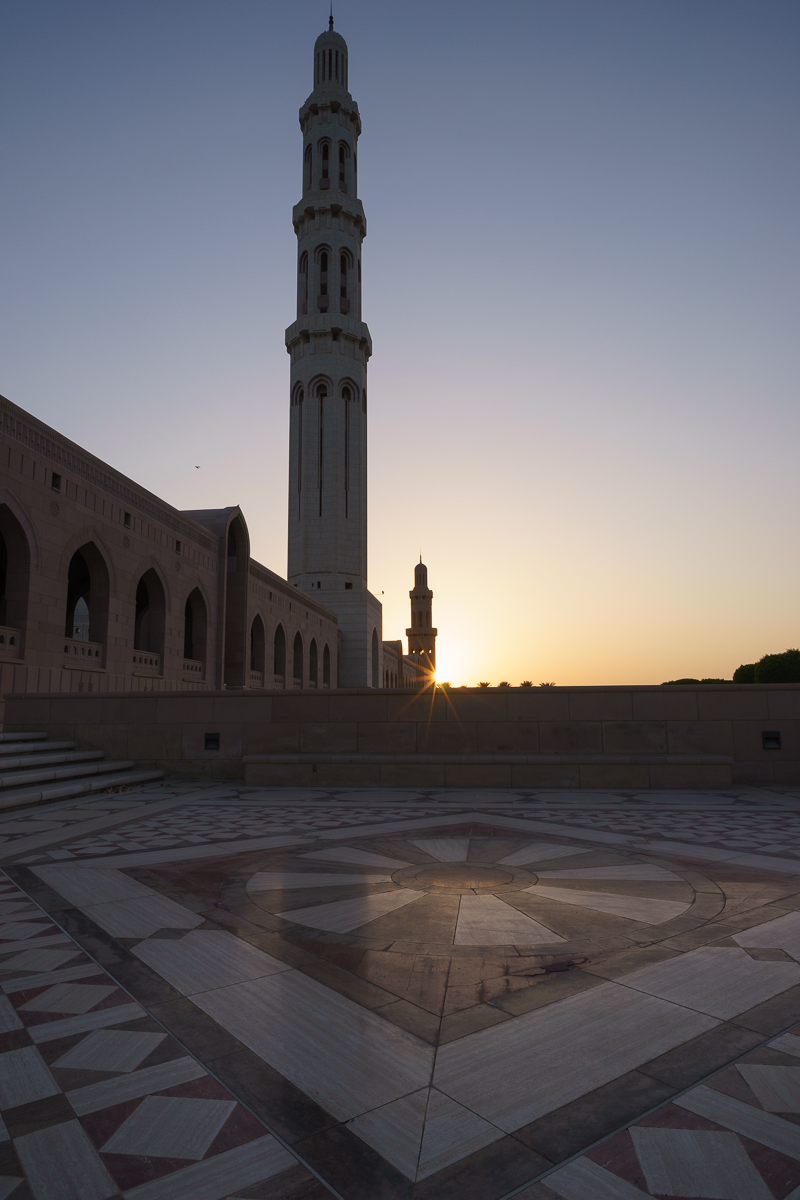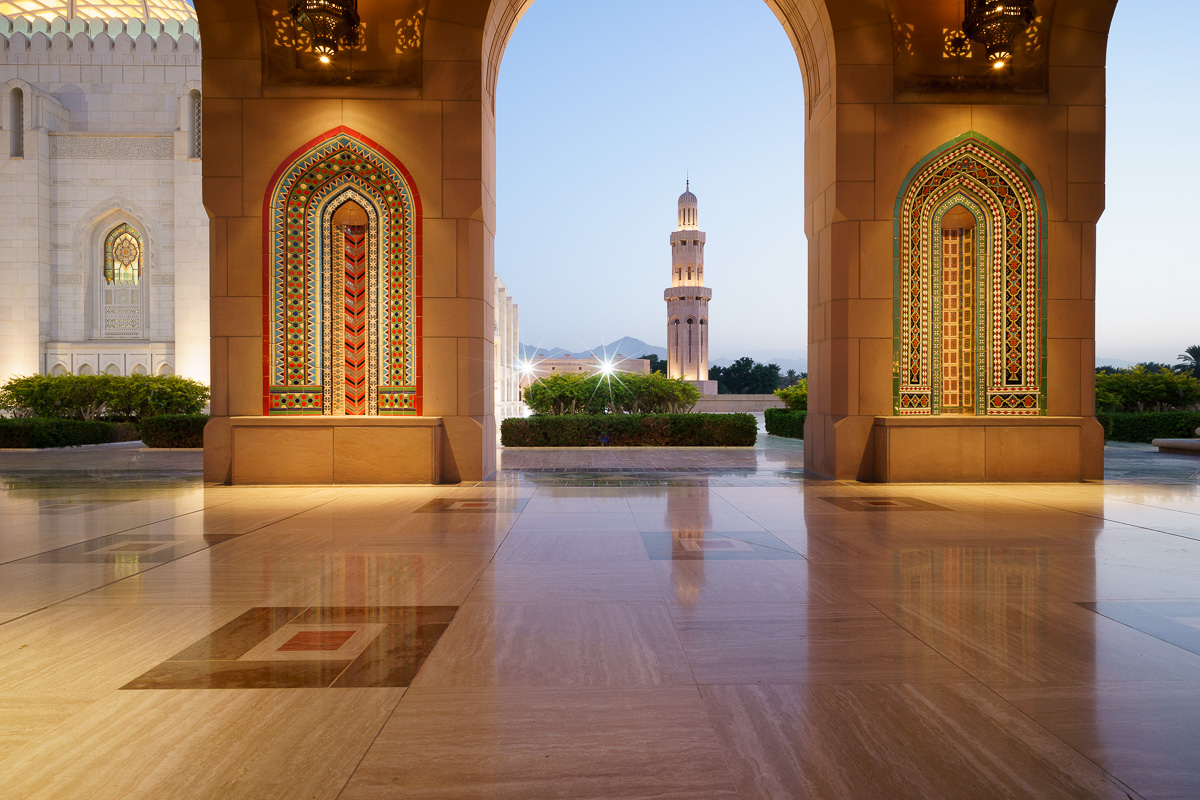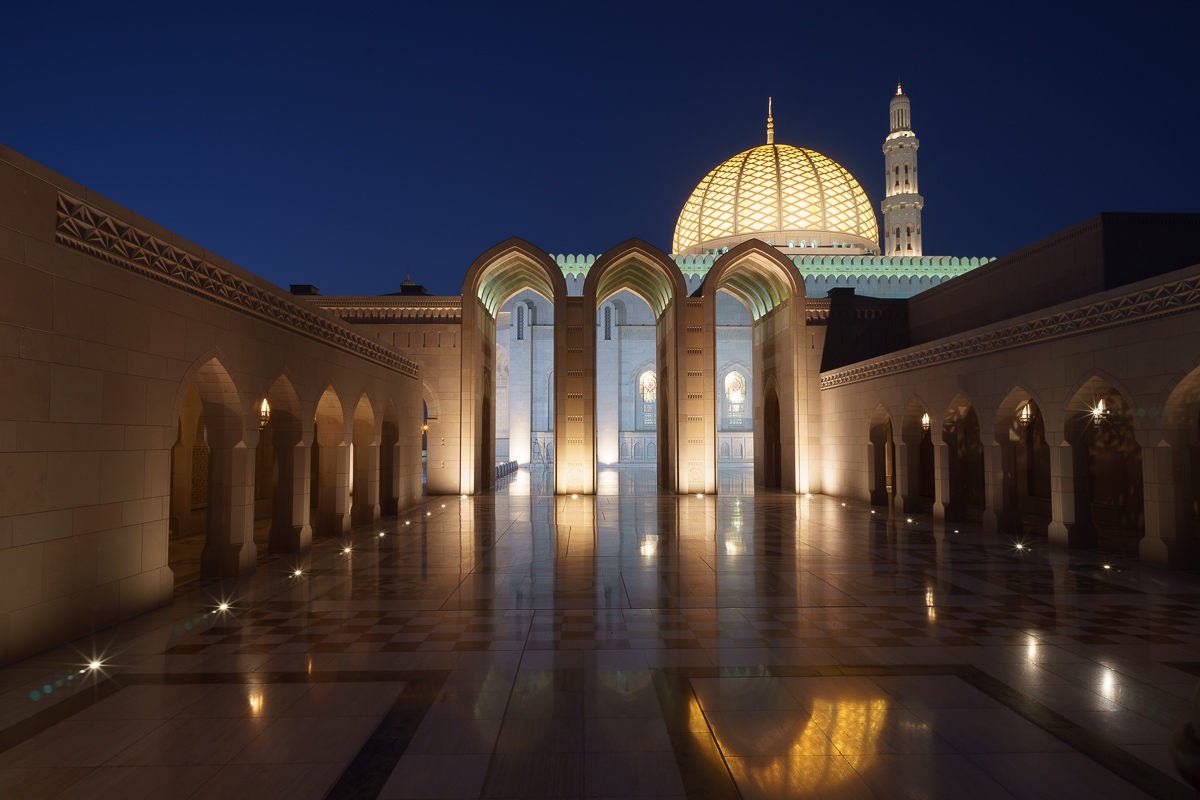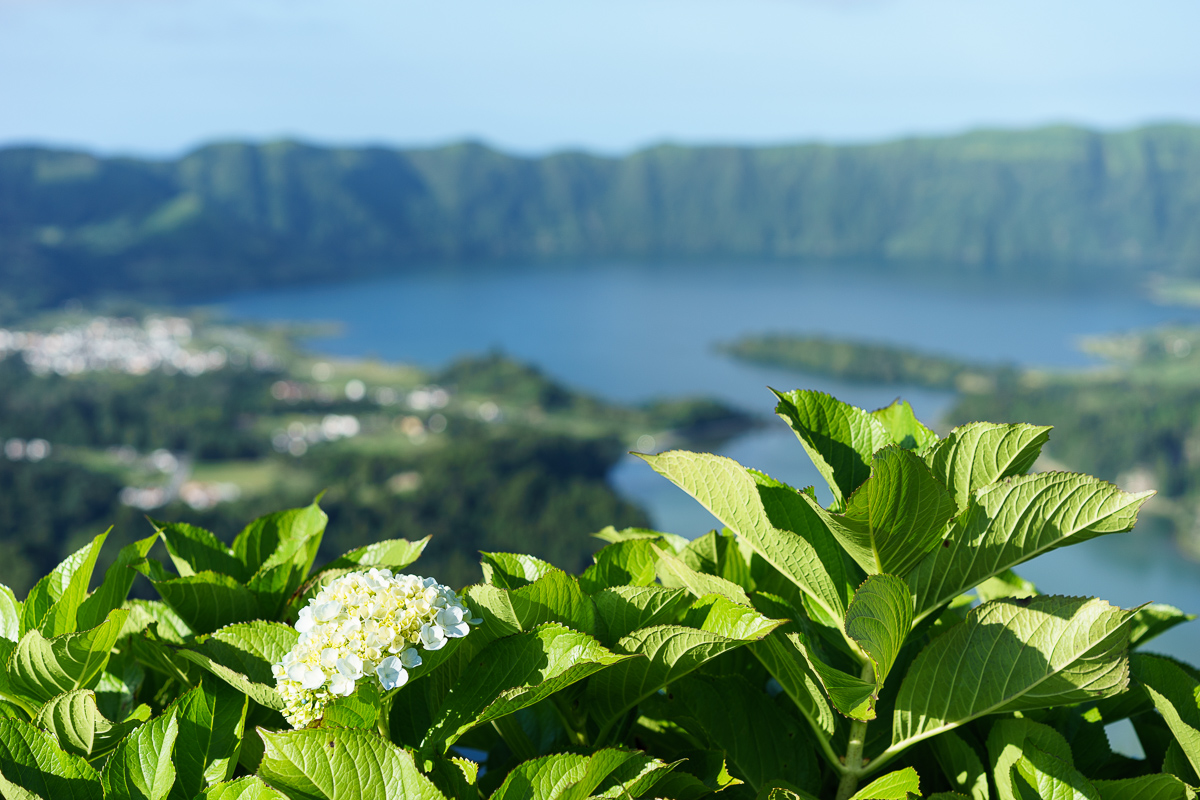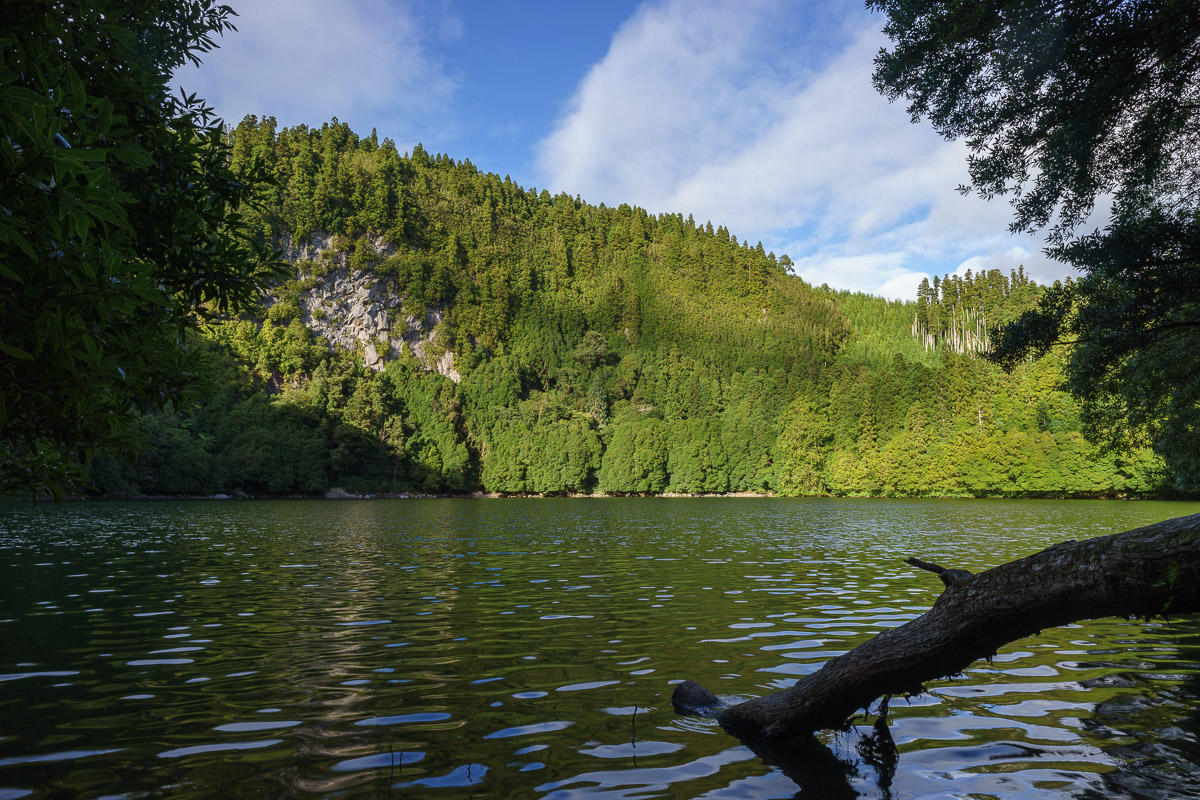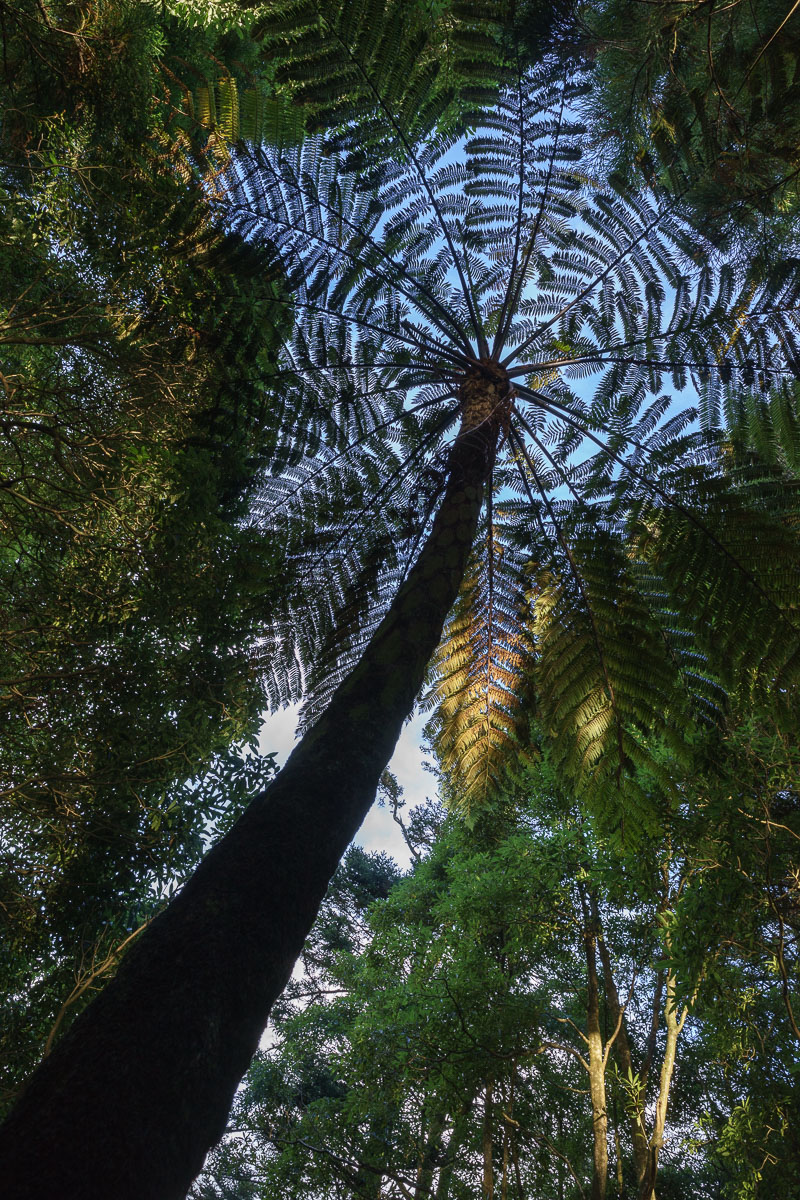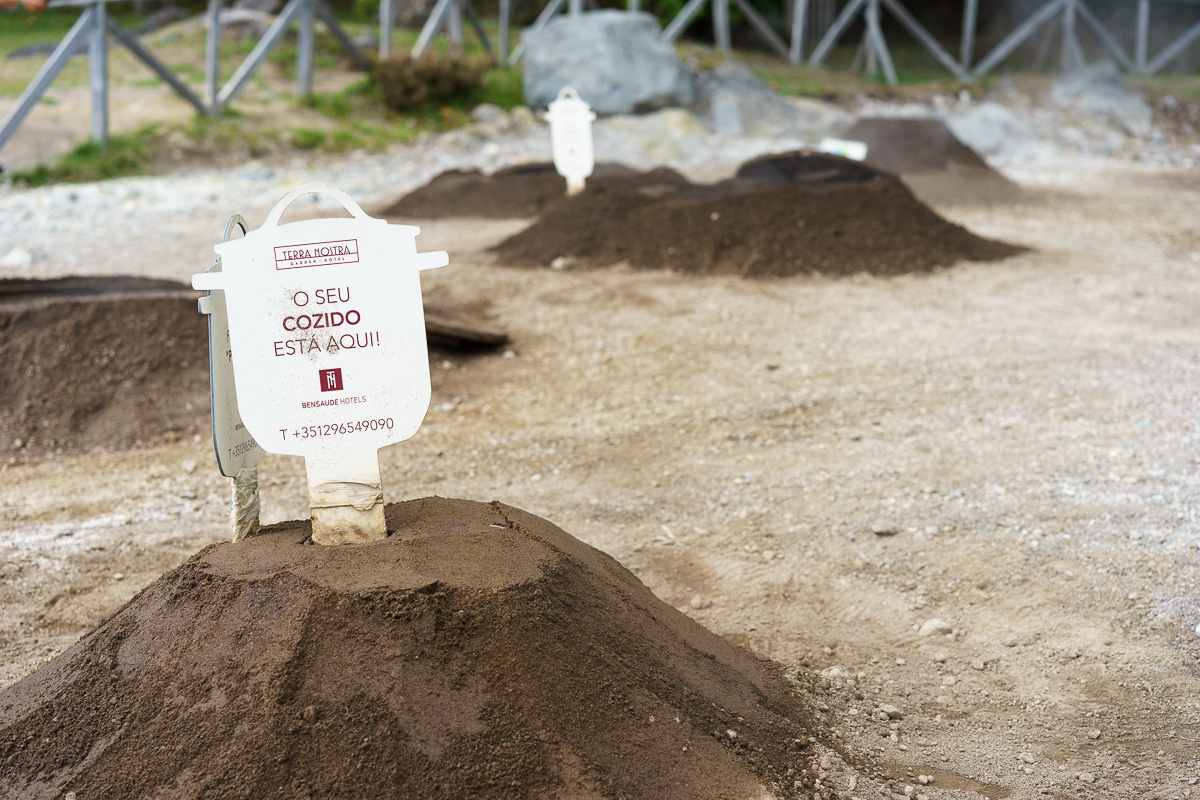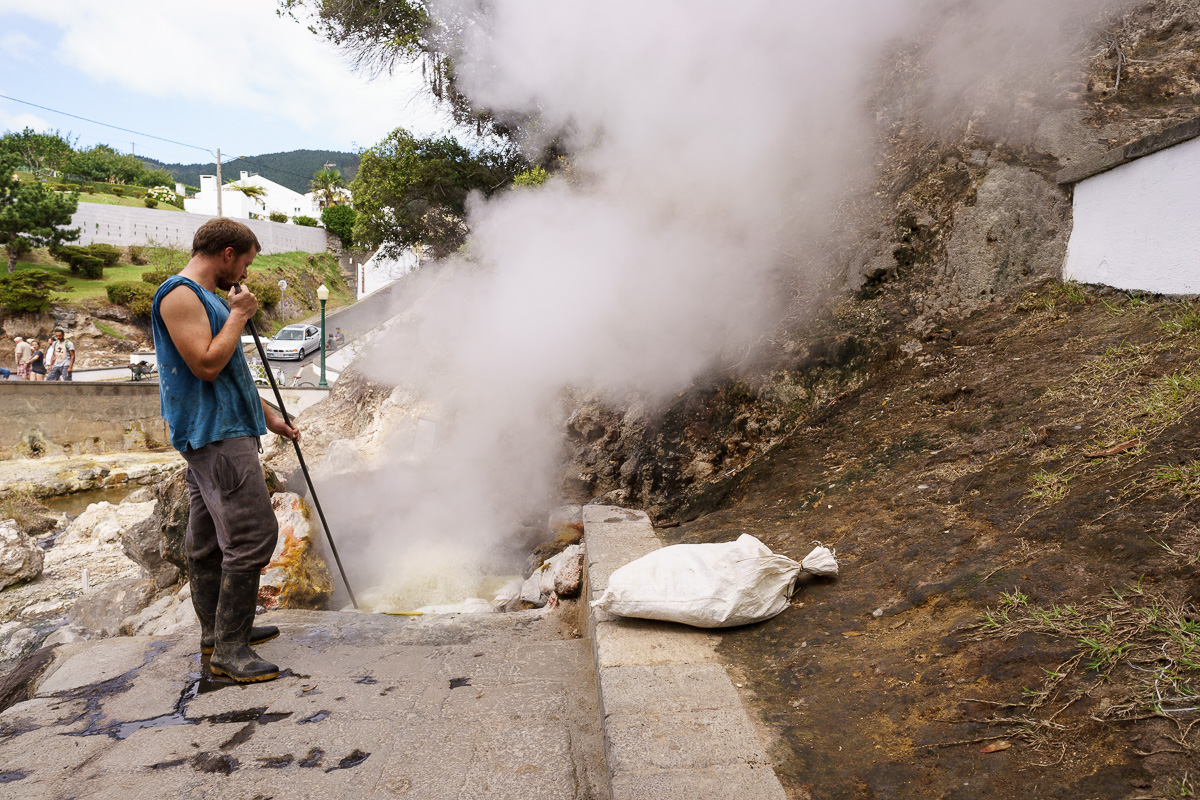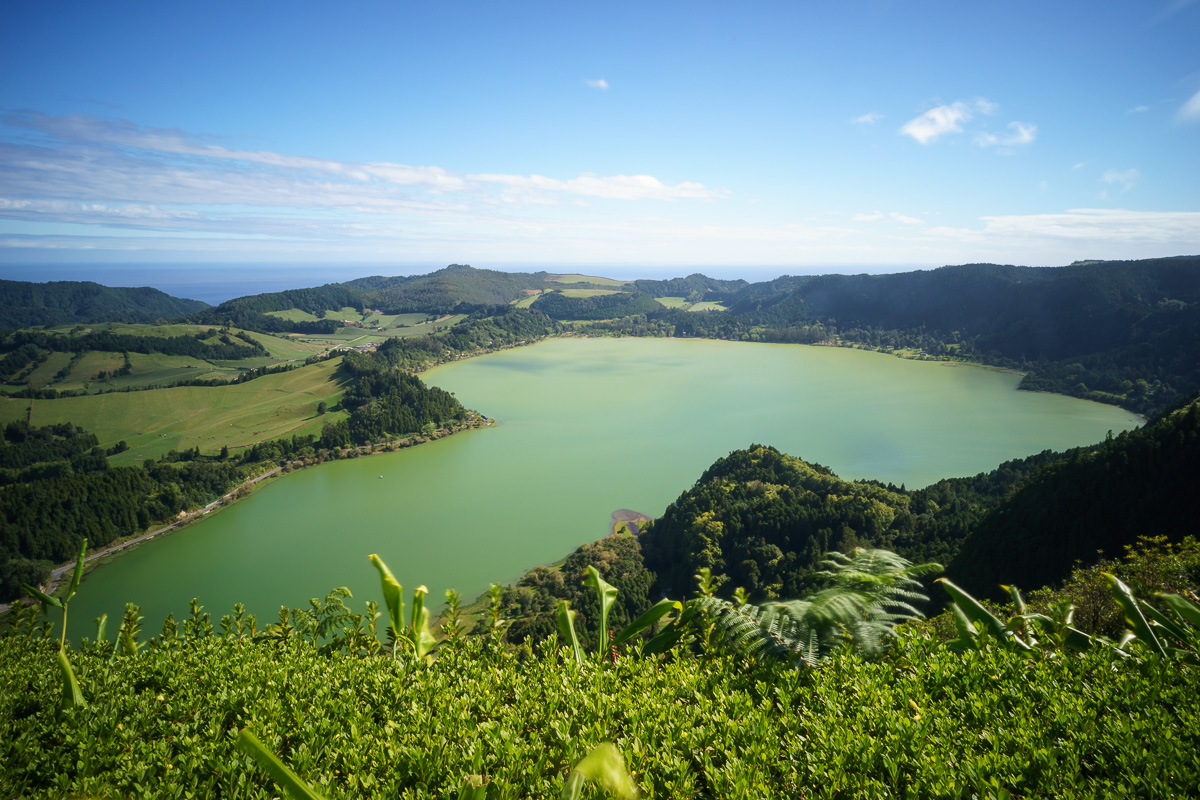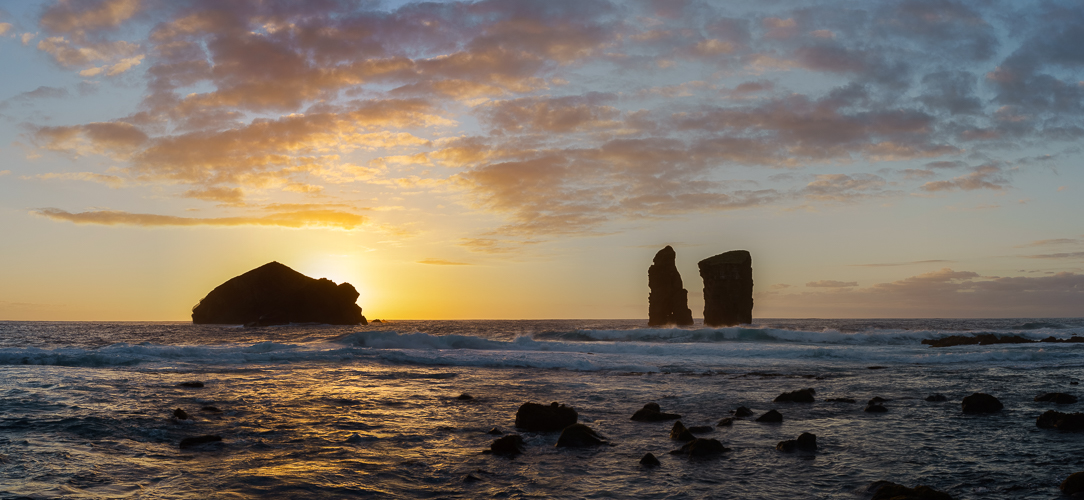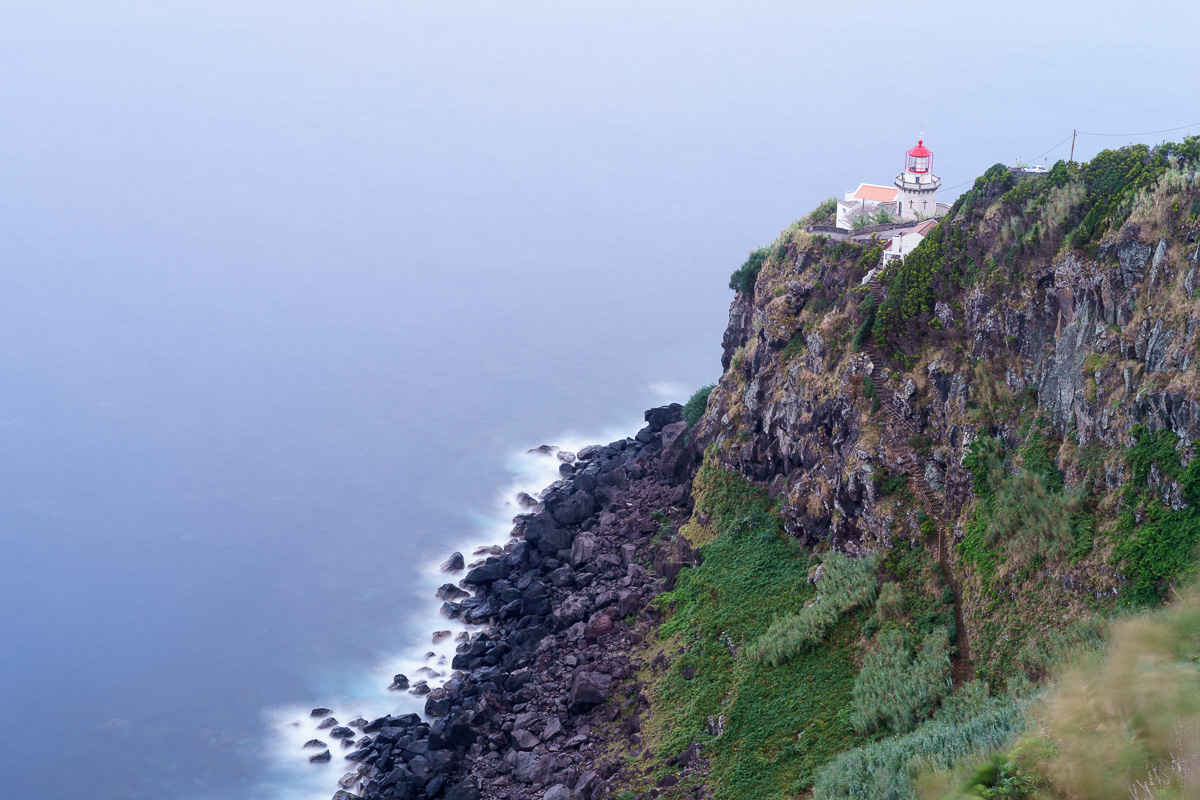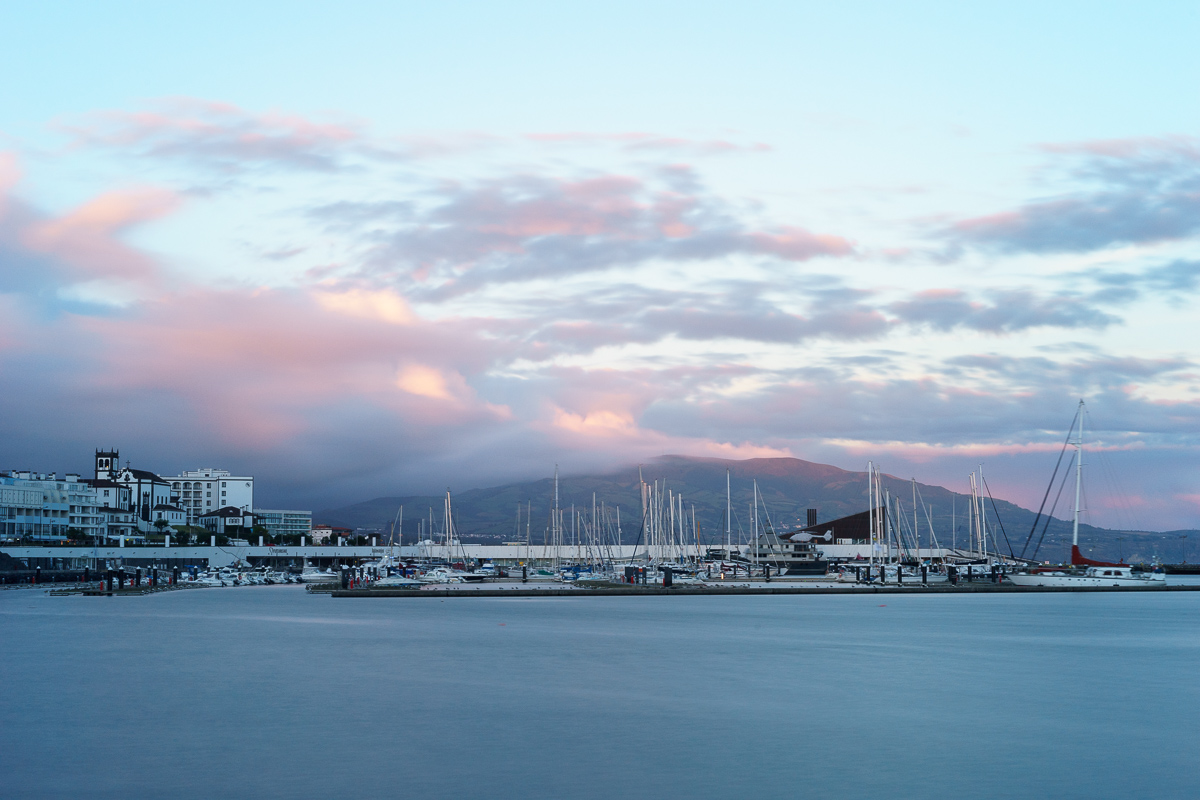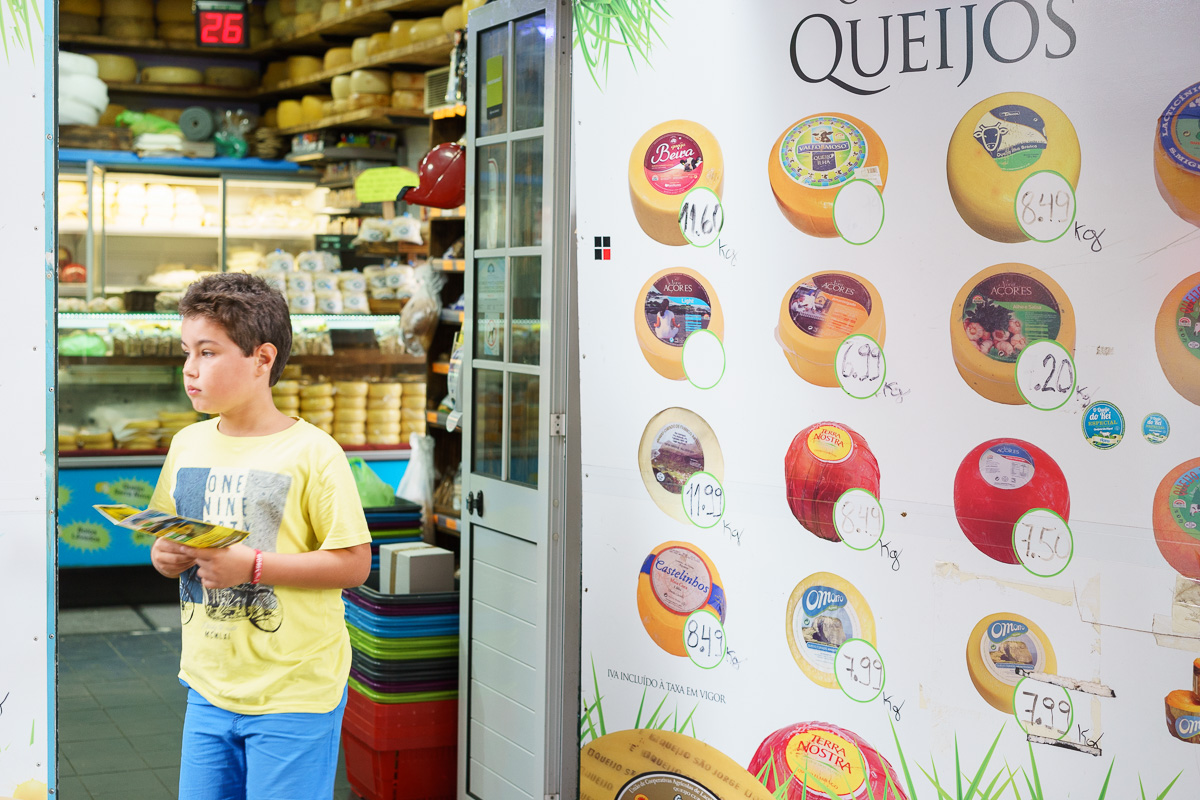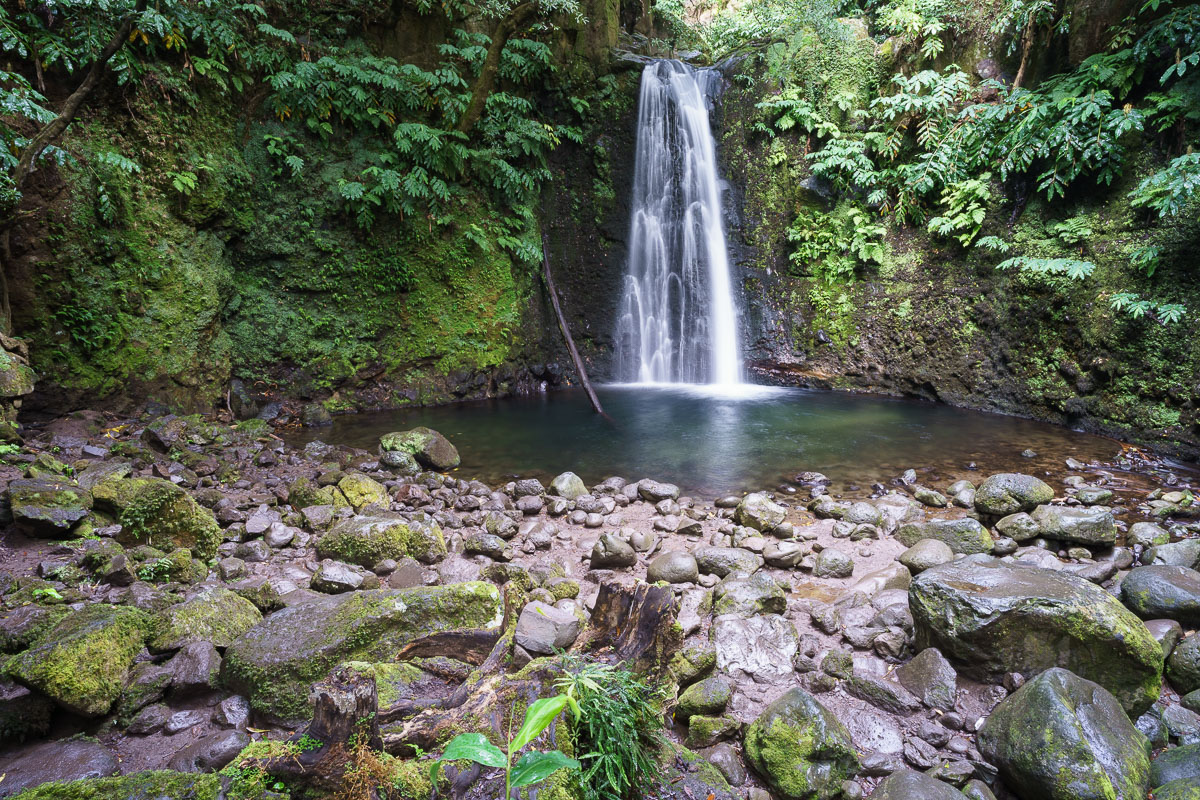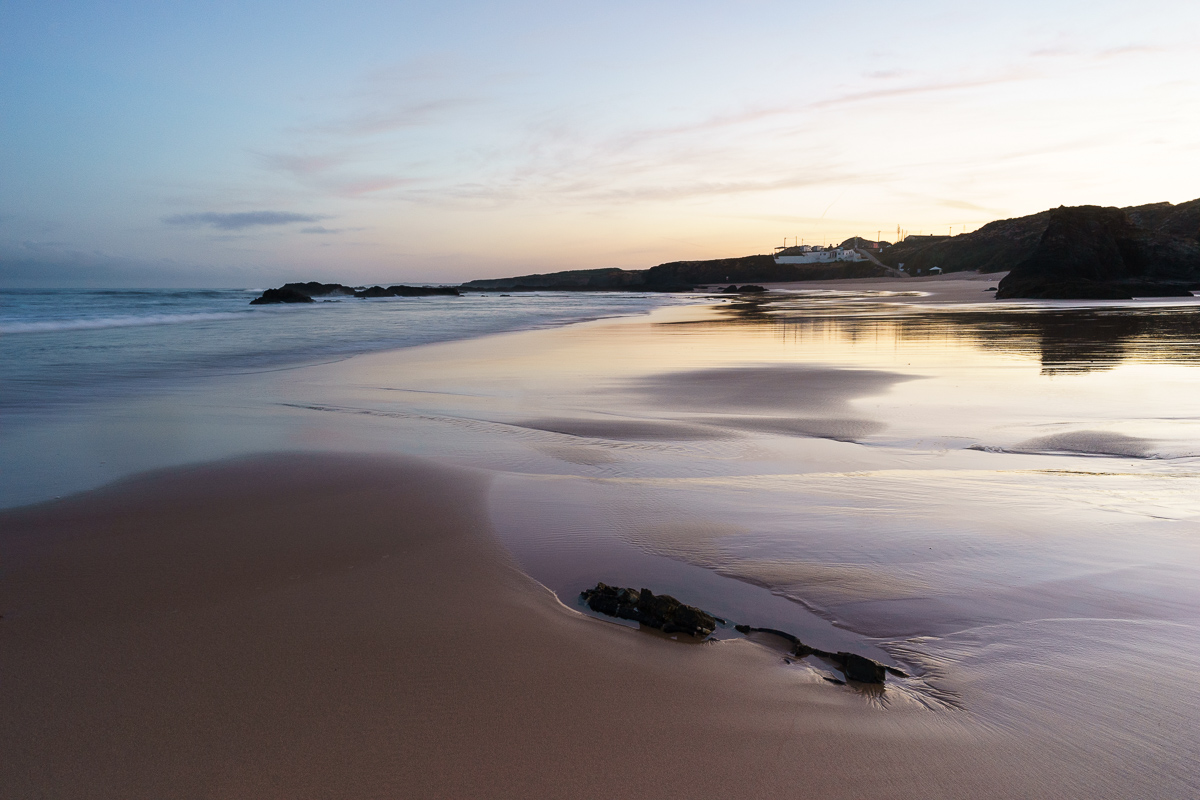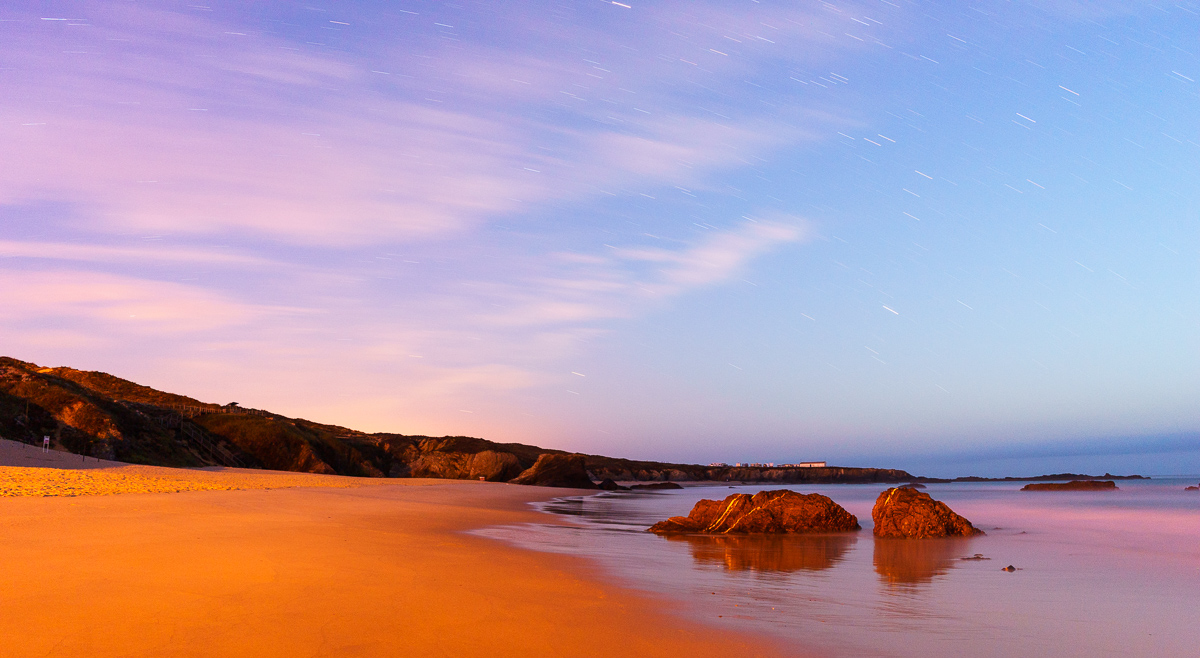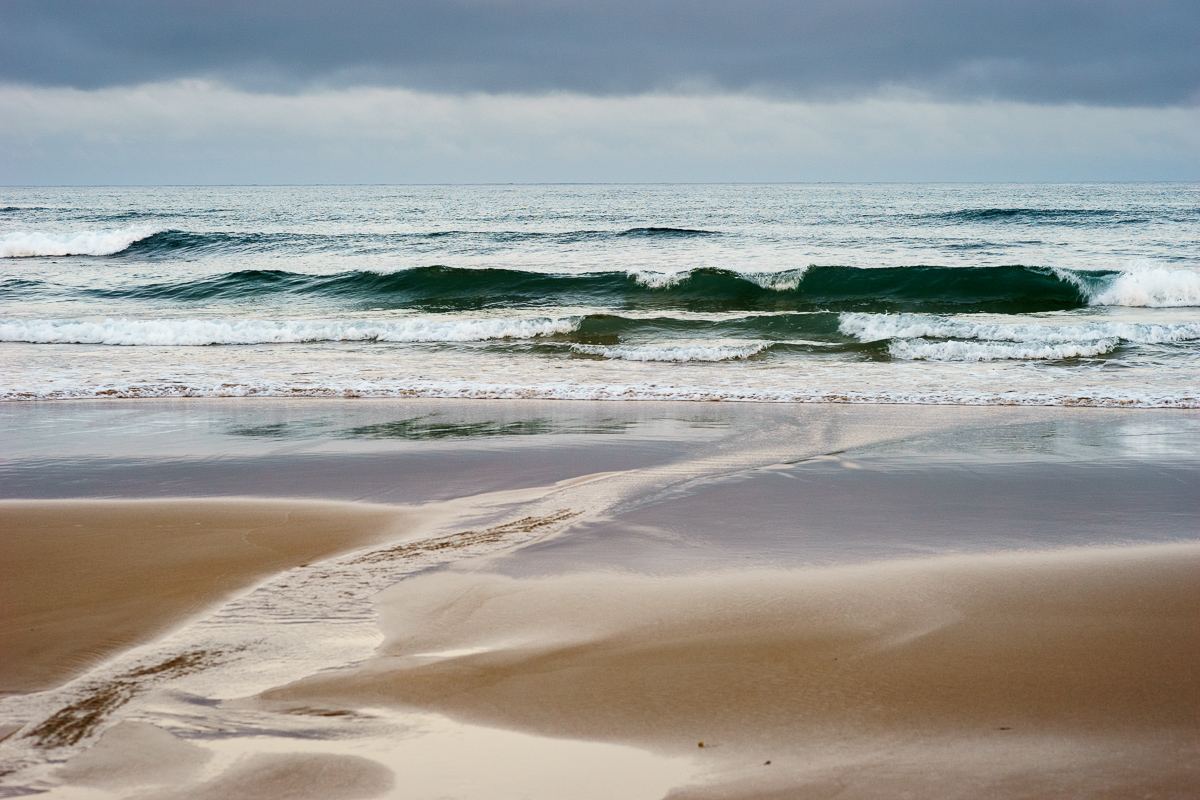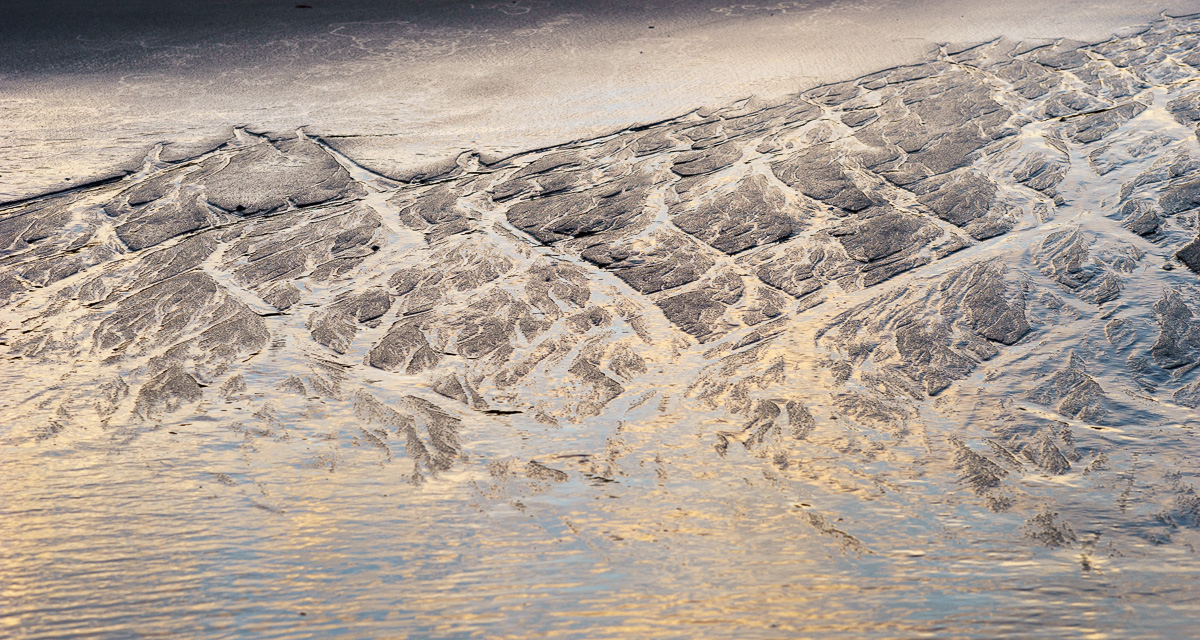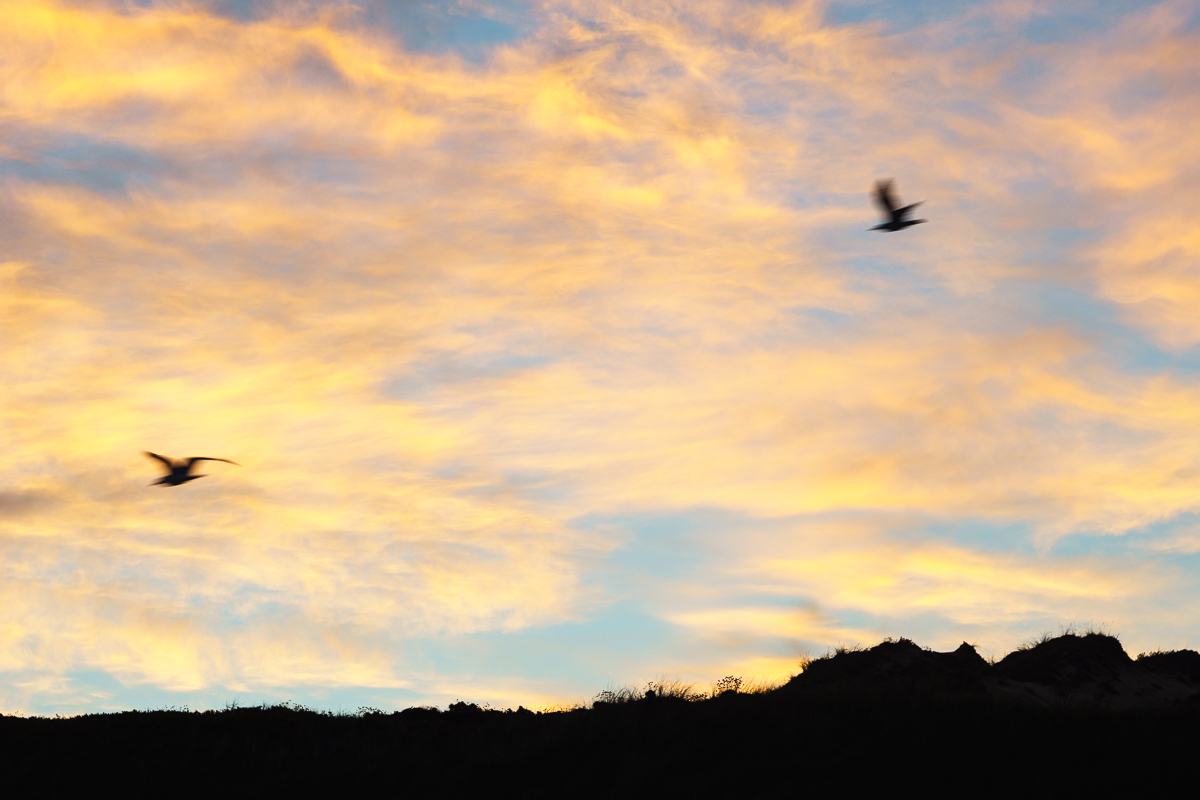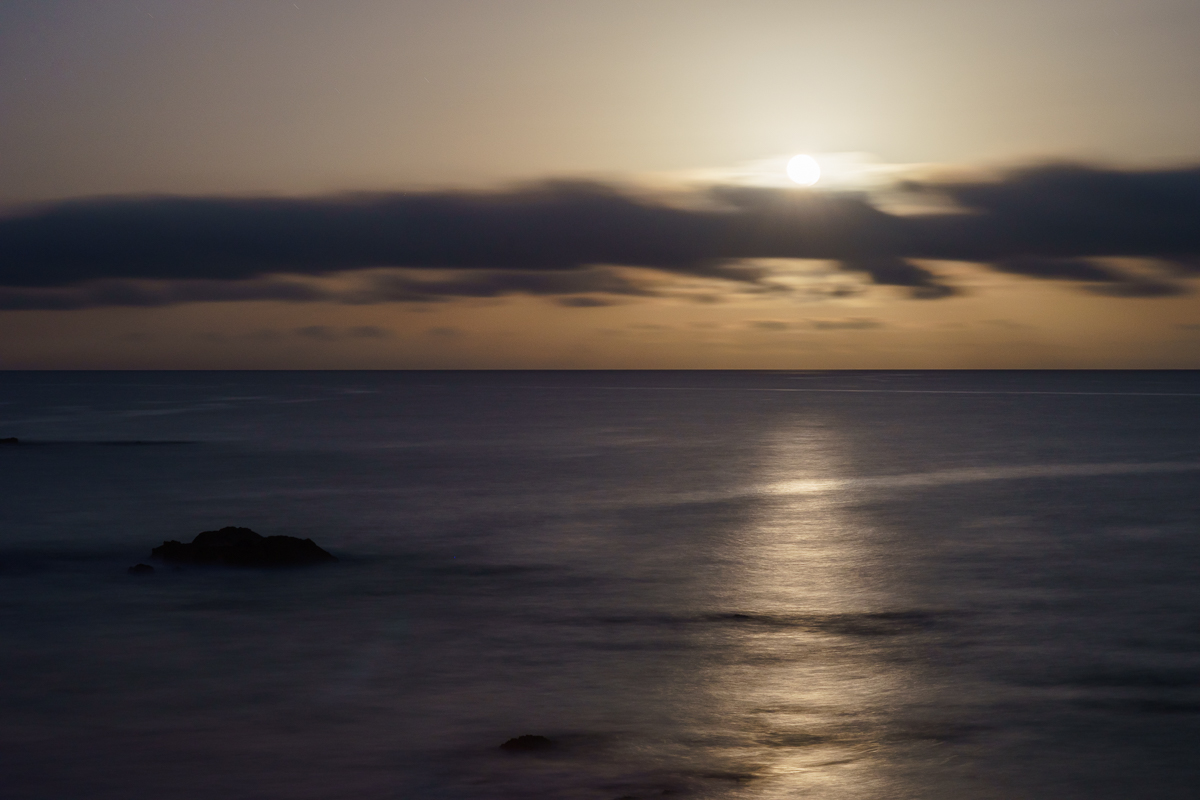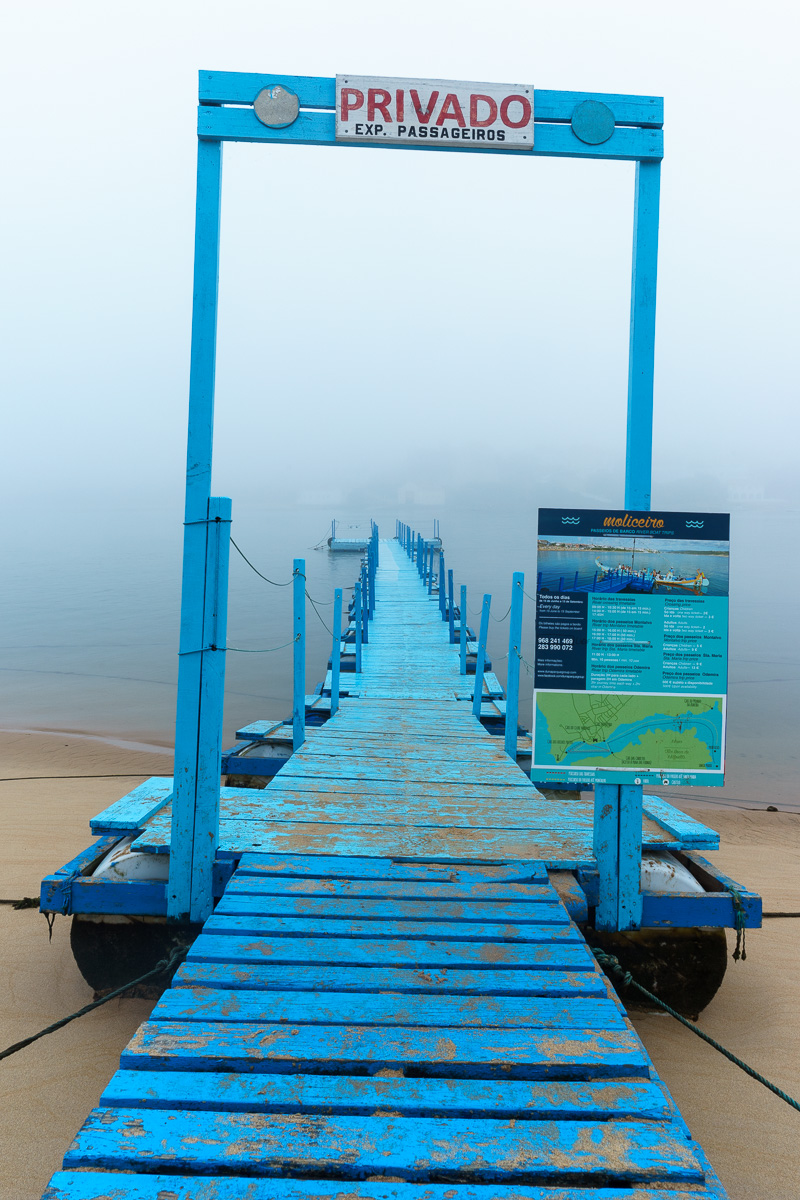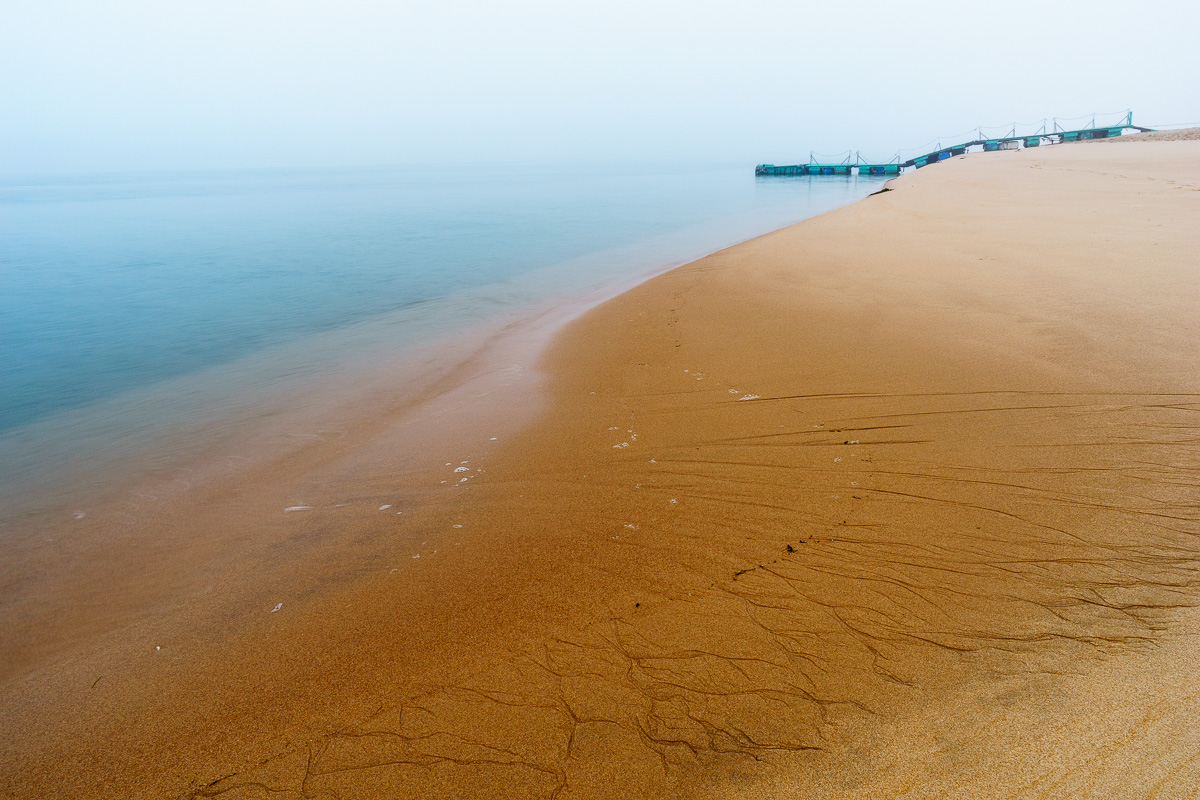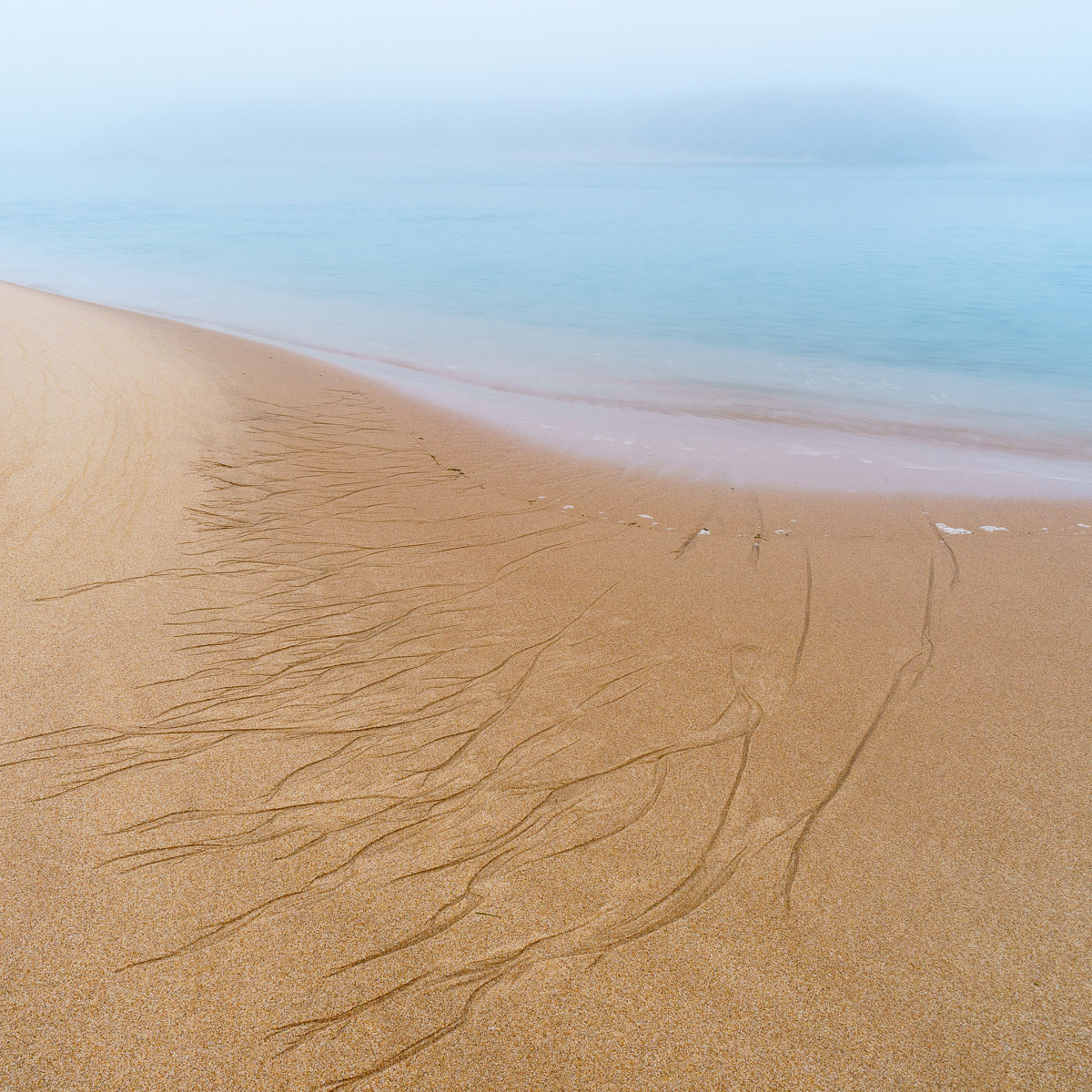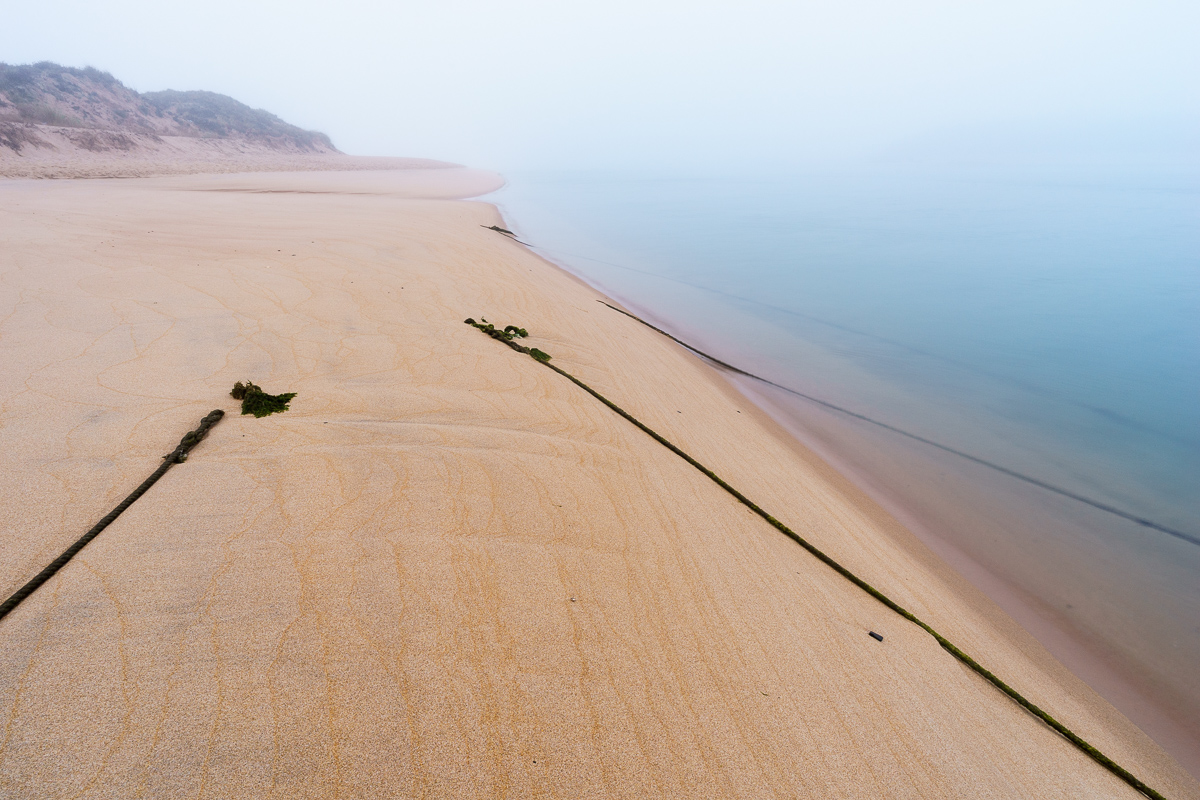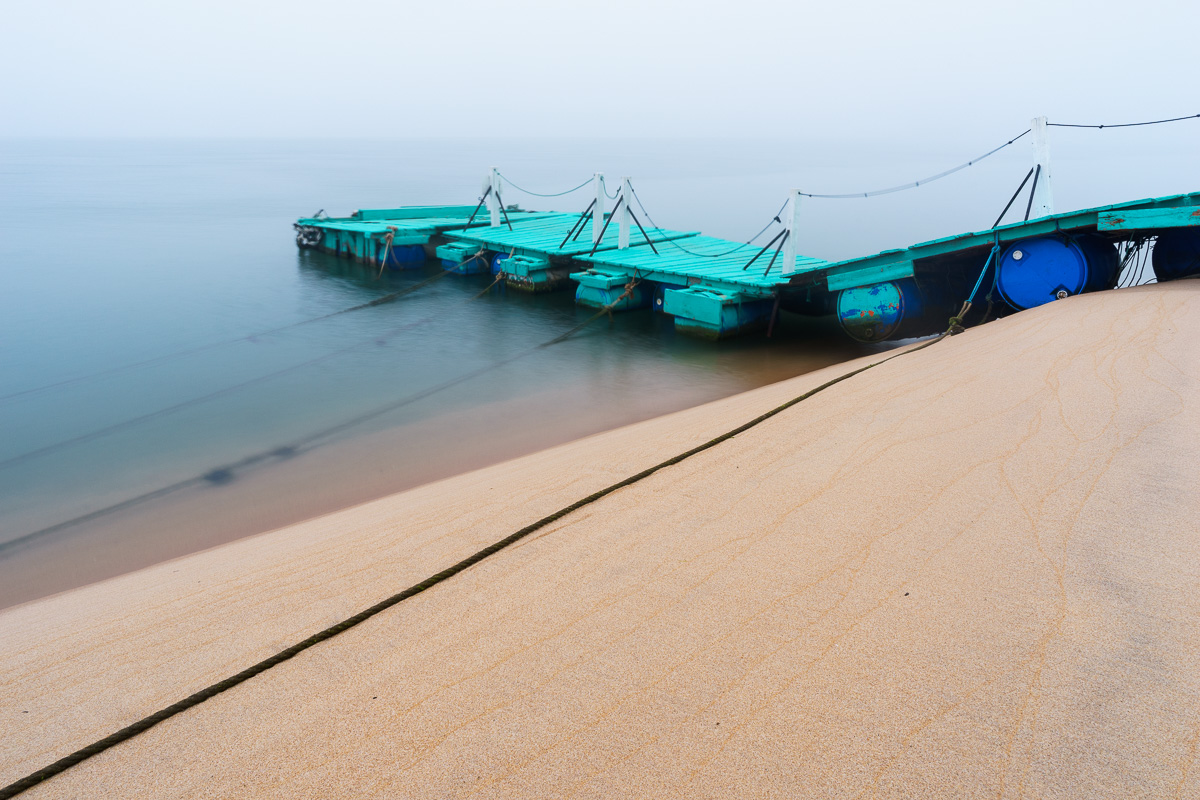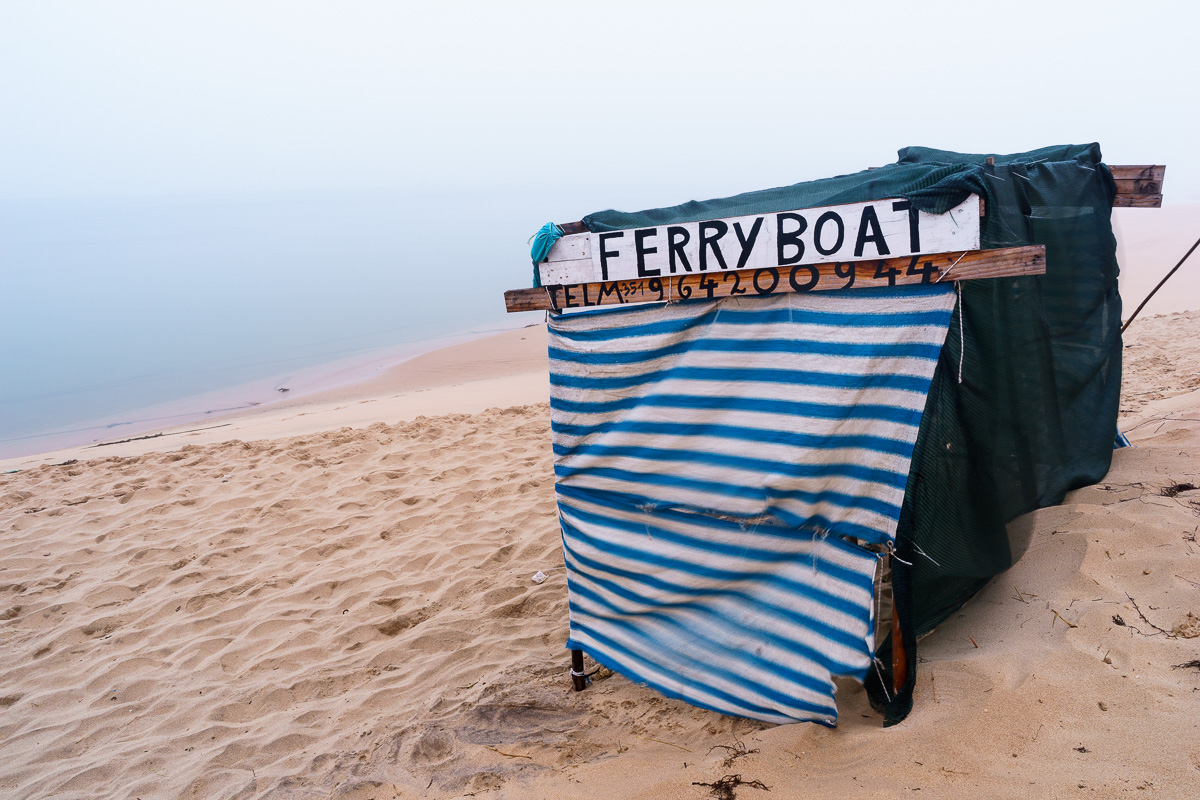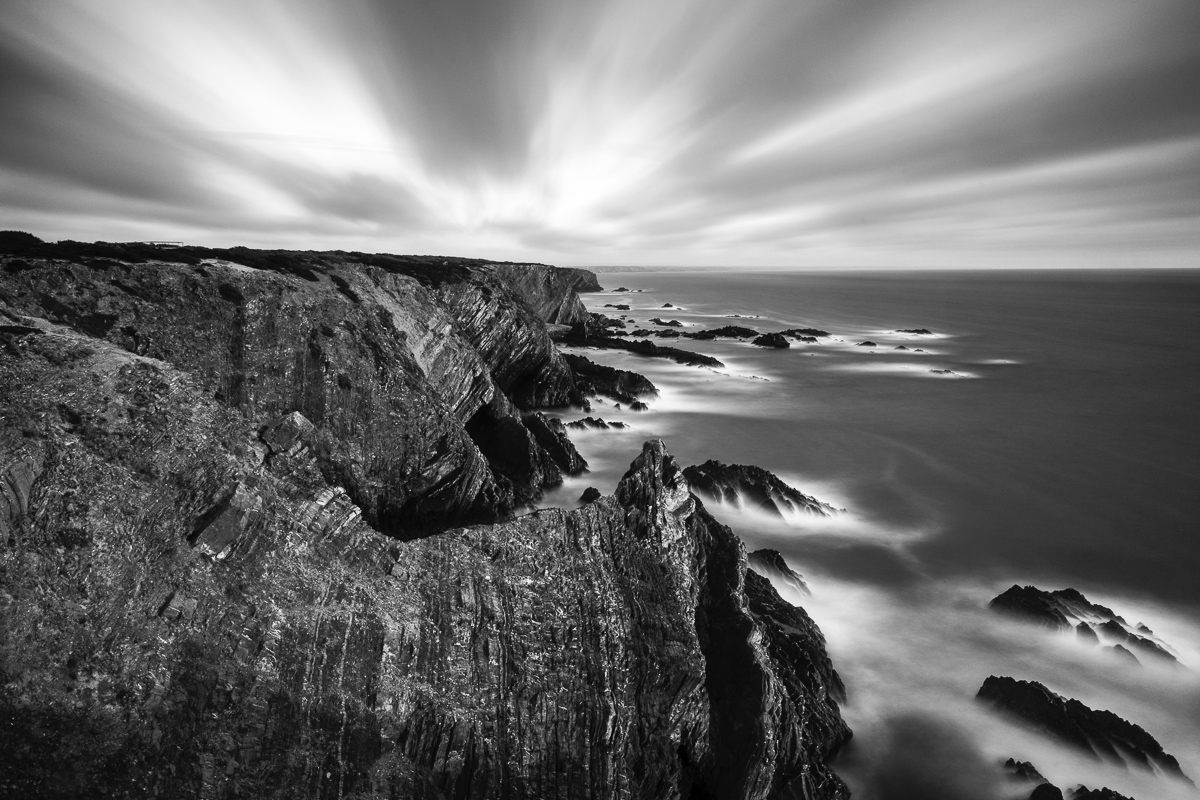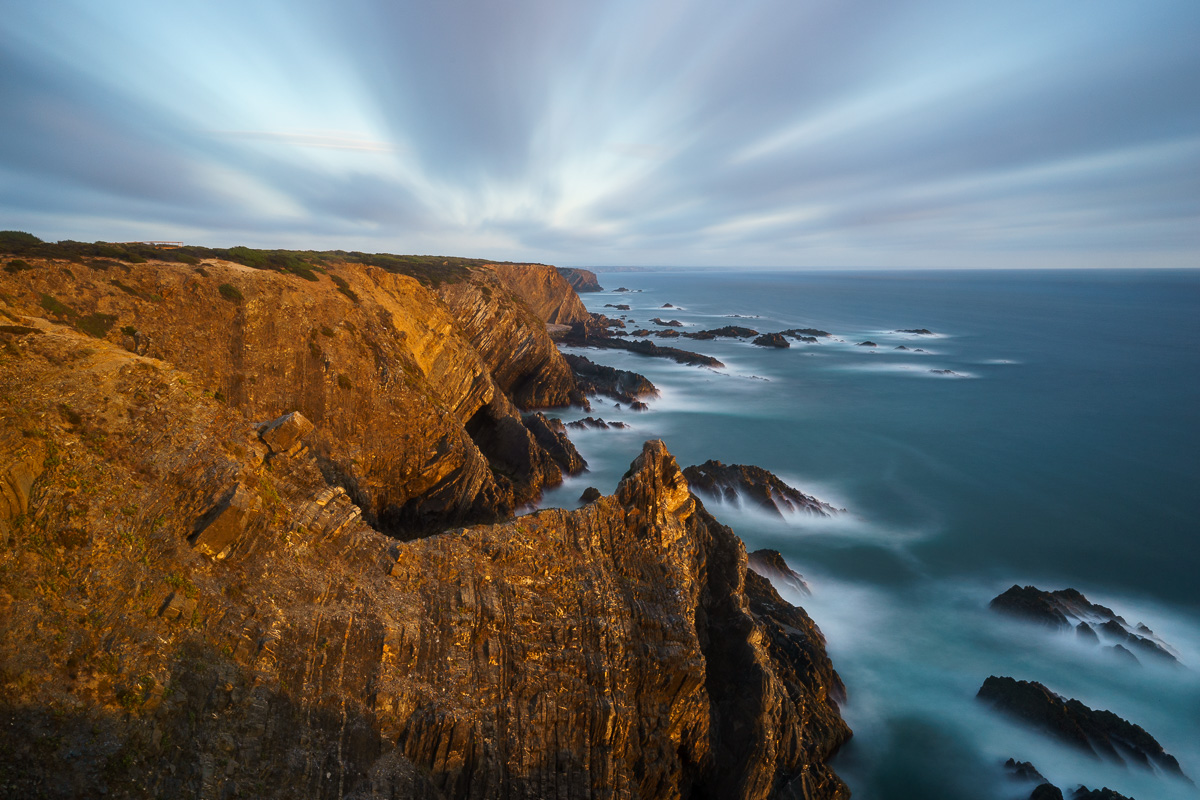For me, one of the advantages of the Sony A7 system is the capability to use some Leica M mount lenses. This post is about the Leica M Summicron 90 f2 lens, which I have recently acquired in the used market. I have always enjoyed using prime lenses, and particularly a set consisting of a trio of wide angle, standard, and short tele. In this regard, the Summicron 90 perfectly complements my Zeiss M C Sonnar 50. For wide angle, I am currently trying the new Tokina FE Firin 20 f2 lens, but that will merit a dedicated post in the future.
There is no point in describing how a 50-year-old Leica M lens still feels and handles like a precision instrument; it is just a joy to use. In a recent family, Easter weekend trip to the southwest coast of Portugal (one of my usual roaming grounds), I made myself the challenge to use only the 90mm lens; the trip involved some driving around in the region between the villages of Odemira, Santa Clara a Velha, and Odeceixe.
In Odemira, I visited a flower garden; in Santa Clara, we picnicked and relaxed in the dam; and in Odeceixe we visited the “Folar” fair (folar is a traditional Easter sweet bread). So, there was no lack of varied subjects to choose from: flower close-ups, portraits, landscapes, and even an old baby foot game in a local café.
The lens is a joy to use, inviting a more leisurely approach to photography; it invites one to slow down, and join the rhythm of life taking place around you. It invites me to look and really see what is going on, while trying to find interesting subjects. It is always to recommend a Leica M lens, but with this one, it is even easier: it can be bought with confidence in the used market (these things are built to last), it performs to high standards, and it is a lot cheaper than the current APO version! Furthermore, it cost me about half-price of a new Loxia 85 f2.4, and it is almost 1 stop faster. What’s there not to like?
As a final practical note, for Lightroom users, I found that the lens correction profile for the lens is not there, but the profile for the APO lens works fine.
